Travertine vs Limestone: Everything You Need to Know

Over 80 percent of the world’s limestone reserves are found underwater or in coastal regions, shaping some of the most beautiful landscapes and iconic structures on earth. Travertine and limestone captivate designers for their rare textures, earthy tones, and fascinating geological origins. Comparing these stones opens up a world of practical options and aesthetic nuances, helping you understand which type best fits your vision and project needs.
Table of Contents
- Defining Travertine And Limestone
- Types, Formation, And Appearance Differences
- Performance And Durability In Projects
- Maintenance Needs And Long-Term Care
- Cost Comparison And Best Applications
Key Takeaways
| Point | Details |
|---|---|
| Geological Origin | Travertine forms from geothermal precipitation, while limestone is created through marine sedimentation. |
| Durability and Maintenance | Travertine is porous and requires sealing and maintenance; limestone is denser, more weather-resistant, and suitable for both interior and exterior use. |
| Cost Range | Travertine pricing ranges from $5 to $30 per square foot; limestone is typically between $10 and $25 per square foot, influenced by origin and quality. |
| Applications | Use travertine for luxury interiors and limestone for durable exteriors; selection should align with project goals and environmental considerations. |
Defining Travertine and Limestone
Travertine and limestone represent two fascinating natural stone formations with unique geological origins that fascinate architects and designers worldwide. While closely related, these stones have distinct characteristics that set them apart in appearance, formation, and practical applications.
Here’s a comparison of the geological and visual features of travertine and limestone:
| Feature | Travertine | Limestone |
|---|---|---|
| Primary Formation | Geothermal precipitation | Marine sedimentation |
| Surface Texture | Porous, layered | Uniform, dense |
| Typical Colors | Beige, tan, cream Walnut brown |
Wide range White, gray, tan |
| Common Locations | Near hot springs, volcanic areas | Marine, coastal regions |
| Notable Varieties | Banded travertine | Chalk Coquina Oolitic Fossiliferous |
| Visual Appearance | Layered bands, holes, irregular | Fine-grained Visible fossils |
According to the National Park Service, travertine is a specific type of limestone deposit formed through the precipitation of calcium carbonate from saturated water sources, particularly near hot springs and cave environments. This formation process creates a distinctive stone with a porous, layered texture that captures the raw beauty of geological transformation. The U.S. Geological Survey notes that limestone, in contrast, is a broader sedimentary rock primarily composed of calcium carbonate, typically accumulated from marine debris like shell fragments, coral remnants, and algal deposits.

-
Travertine Characteristics:
- Formed near geothermal water sources
- Highly porous surface
- Often found in regions with significant volcanic or geothermal activity
- Typically lighter in color (beige, tan, cream)
-
Limestone Characteristics:
- Created from marine sedimentary processes
- More uniform and dense structure
- Wide range of colors and formations
- Commonly found in marine and coastal geological regions
For designers seeking a deeper understanding of these natural stone materials, Marble and Travertine Differences and Benefits provides an excellent comprehensive exploration of their unique properties and design applications.
Types, Formation, and Appearance Differences
The geological journeys of travertine and limestone reveal fascinating differences in their formation, types, and visual characteristics that make them unique natural stone materials prized by designers and architects worldwide.
According to research from the National Park Service, travertine forms through a distinctive precipitation process where calcium carbonate emerges from mineral-rich waters, particularly near geothermal hot springs. This creates its signature banded, layered appearance with intricate patterns and a highly porous texture. The U.S. Geological Survey highlights that limestone, in contrast, develops through the gradual accumulation of marine organism remains, resulting in multiple fascinating subtypes.
Limestone Varieties:
- Chalk Limestone: Soft, fine-grained, composed of microscopic marine organism shells
- Coquina Limestone: Formed from densely packed shell fragments
- Oolitic Limestone: Created from small, spherical calcium carbonate particles
- Fossiliferous Limestone: Contains visible fossil remnants
Travertine Appearance Characteristics:
- Distinctive layered, banded patterns
- Ranges from light beige to deep walnut brown
- Naturally occurring holes and porous surfaces
- Unique texture with organic, irregular patterns
Architects and designers seeking more nuanced insights can explore our Timeless Travertine: Ultimate Guide to Understanding, Design & Care to dive deeper into these remarkable natural stone materials.
Performance and Durability in Projects
Navigating the performance and durability of travertine and limestone requires understanding their unique structural characteristics and potential applications across different design environments. These natural stone materials offer distinct advantages and limitations that architects and designers must carefully consider.
According to the Natural Stone Institute, limestone and travertine present varying durability profiles that significantly impact their suitability for different project types. Some varieties excel in exterior applications, while others are better suited for interior design elements. Research from the National Academies Press highlights that travertine, when sufficiently hard and compact, can serve as an attractive building stone, but its inherent porosity introduces potential durability challenges in high-moisture or high-traffic environments.
Durability Considerations:
-
Limestone Performance:
- More uniform structural density
- Better resistance to weathering
- Suitable for both interior and exterior applications
- Varies by specific geological formation
-
Travertine Performance:
- Higher porosity requires additional sealing
- Best for controlled interior environments
- Potential for surface erosion in harsh conditions
- Requires regular maintenance and protective treatments
Key Performance Factors:
- Moisture exposure
- Traffic intensity
- Climate conditions
- Maintenance frequency
- Installation technique
Designers seeking comprehensive insights into selecting the right natural stone can explore our Travertine What is It and Where to Use This Stone guide for detailed application recommendations.
Maintenance Needs and Long-Term Care
Maintaining the beauty and structural integrity of travertine and limestone requires a nuanced approach that respects their unique geological composition and inherent vulnerabilities. These natural stone materials demand specialized care to preserve their aesthetic appeal and prevent long-term degradation.
According to the Natural Stone Institute, both limestone and travertine are calcium carbonate-based materials that are particularly sensitive to acidic substances, making them vulnerable to etching and staining. The Conservation and Art Materials Encyclopedia Online emphasizes that travertine’s inherently porous nature necessitates consistent sealing and meticulous maintenance to protect its structural integrity and visual elegance.
Maintenance Recommendations:
-
Cleaning Protocols:
- Use pH-neutral stone cleaners
- Avoid acidic or abrasive cleaning agents
- Immediately wipe up spills to prevent staining
- Use soft, non-abrasive cleaning tools
-
Sealing Requirements:
- Seal travertine every 3-5 years
- Use penetrating sealants designed for natural stone
- Apply multiple thin coats for optimal protection
- Reapply after deep cleaning processes
Protection Strategies:
- Use protective mats in high-traffic areas
- Apply coasters under beverages
- Avoid direct contact with acidic substances
- Implement regular professional maintenance
- Monitor environmental conditions
For comprehensive guidance on protecting your natural stone investments, designers can explore our Marble and Travertine Differences and Benefits resource for expert insights.
Cost Comparison and Best Applications
Travertine and limestone represent investment-grade natural stone materials with nuanced cost structures and application possibilities that demand careful consideration by architects, designers, and homeowners seeking premium surface solutions.
According to the Natural Stone Institute, the cost of limestone and travertine fluctuates significantly based on quality, origin, and specific geological characteristics. Research from the National Academies Press highlights that both materials offer versatile applications, with selection driven primarily by aesthetic preferences, project requirements, and budget constraints. Travertine, when hard and compact, provides an attractive building stone suitable for diverse interior and exterior environments.
Cost Factors:
-
Travertine Pricing:
- Ranges from $5 to $30 per square foot
- Higher grades command premium pricing
- Color and pattern complexity influence cost
- Import source affects final pricing
-
Limestone Pricing:
- Generally $10 to $25 per square foot
- Varies by geological origin
- More uniform pricing compared to travertine
- Regional availability impacts cost
Recommended Applications:
-
Travertine Best Uses:
- Luxury bathroom floors
- Elegant fireplace surrounds
- Interior accent walls
- Low-traffic commercial spaces
-
Limestone Best Uses:
- Exterior building facades
- Durable kitchen countertops
- Landscape design elements
- High-traffic commercial installations
Designers seeking deeper insights into material selection can explore our Travertine What is It and Where to Use This Stone guide for comprehensive application recommendations.
Discover the Perfect Natural Stone for Your Next Project
Choosing between travertine and limestone can feel overwhelming because both stones have unique qualities that impact durability, maintenance, and overall design. If you want to avoid costly mistakes and ensure your space embodies the elegance and timeless appeal you deserve, understanding their differences in porosity, weather resistance, and care is essential.
At Surfaces Galore, we specialize in supplying authentic travertine and premium limestone that meet high standards for beauty and performance. Whether you need exquisite tiles for a luxury bathroom or durable stone for an exterior feature, our experts can help you navigate the options with confidence and provide samples to see the natural variation firsthand.
Start your journey today by exploring our collection of natural stones at Surfaces Galore and gain insights from our detailed guides such as Timeless Travertine: Ultimate Guide to Understanding, Design & Care.

Make an informed choice that transforms your space. Visit Surfaces Galore now to browse premium travertine and limestone options and contact us for personalized support. Your perfect natural stone is just a click away.
Frequently Asked Questions
What is the main difference between travertine and limestone?
Travertine is a specific type of limestone formed from the precipitation of calcium carbonate near hot springs, resulting in a porous texture and layered appearance. Limestone, on the other hand, is a broader category of sedimentary rock primarily formed from marine sediments and is generally denser and more uniform.
What are the best applications for travertine?
Travertine is best suited for luxury bathroom floors, elegant fireplace surrounds, interior accent walls, and low-traffic commercial spaces due to its porous nature and unique aesthetic appeal.
How do maintenance needs differ for travertine and limestone?
Travertine requires regular sealing every 3-5 years due to its porous surface, while both stones need gentle cleaning with pH-neutral stone cleaners. Limestone is generally more resistant to weathering but also needs to be protected from acidic cleaners and spills.
What factors influence the cost of travertine and limestone?
The cost of travertine ranges from $5 to $30 per square foot and is influenced by quality, color complexity, and import source. Limestone generally ranges from $10 to $25 per square foot, with pricing affected by geological origin and regional availability.
Recommended
- Marble and Travertine Differences and Benefits
- The Enduring Beauty of Travertine Flooring
- Is Tumbled Travertine Tile Stylish in 2025
- Silver Travertine: 2025 Sleek Flooring, Modern Wall & Soph…
- SEALING TRAVERTINE MOSAIC TILES | NATURAL STONE BACKSPLASH

 Best Selling Marble Collections
Best Selling Marble Collections
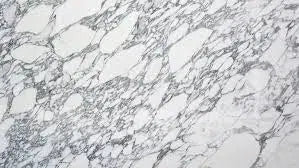 Arabescato Corchia
Arabescato Corchia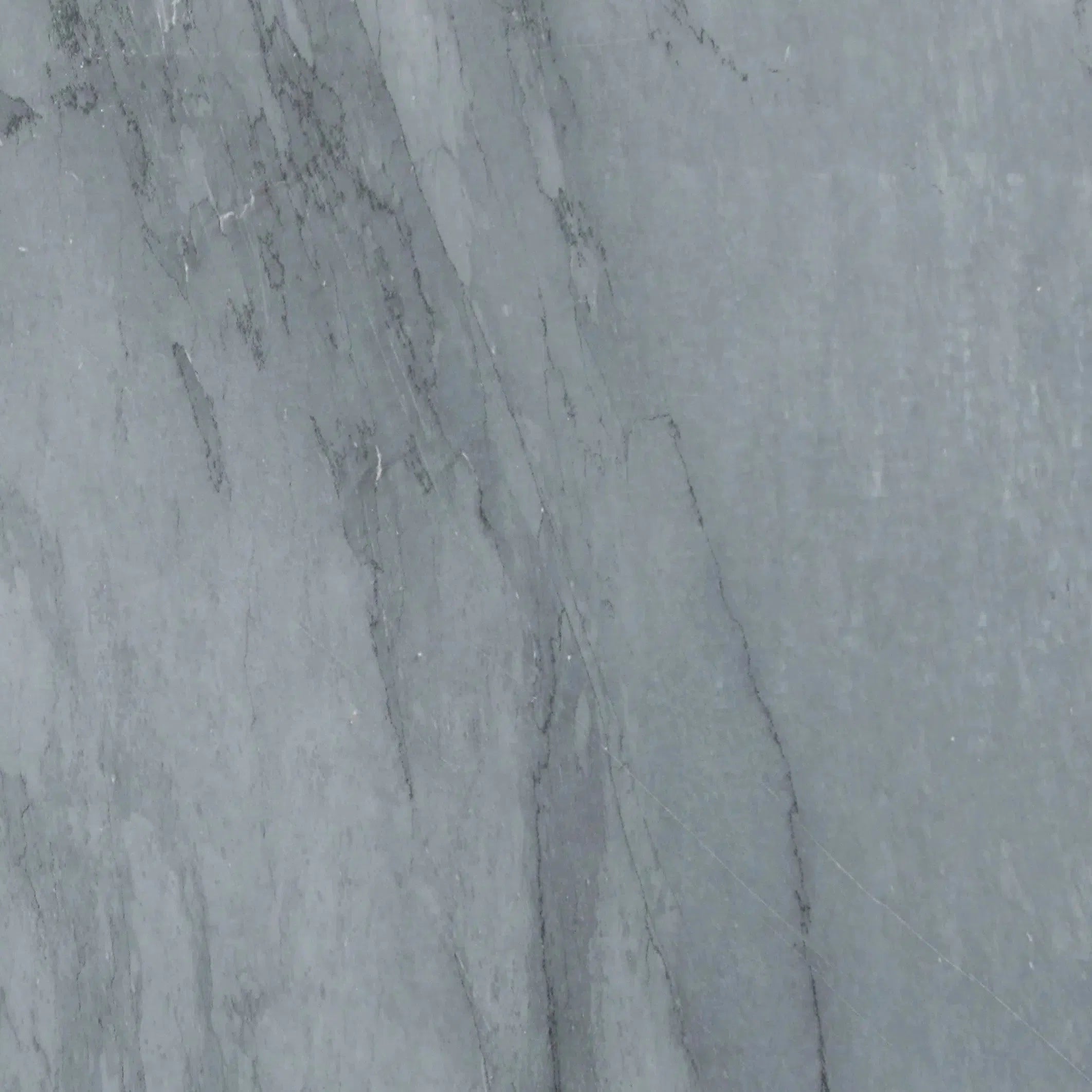 Bardiglio
Bardiglio Bianco Dolomite
Bianco Dolomite 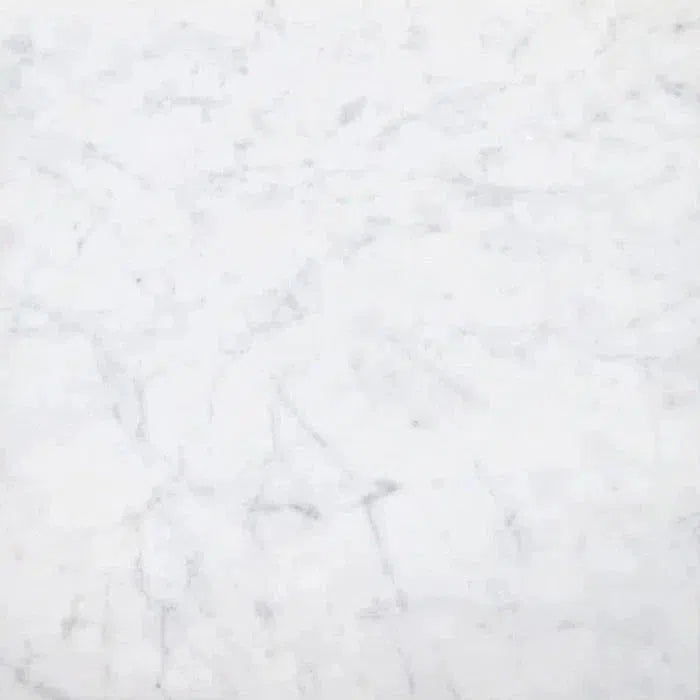 Carrara White
Carrara White 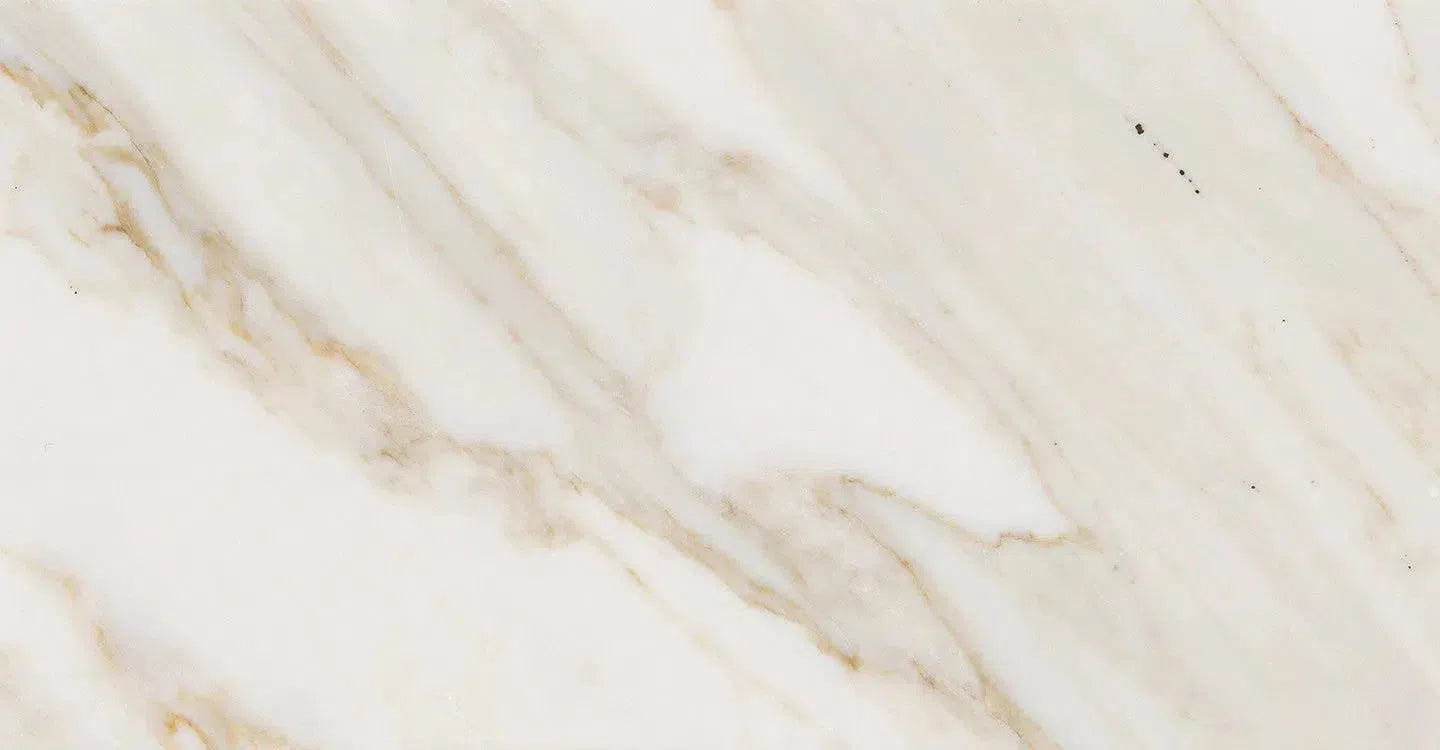 Calacatta Gold
Calacatta Gold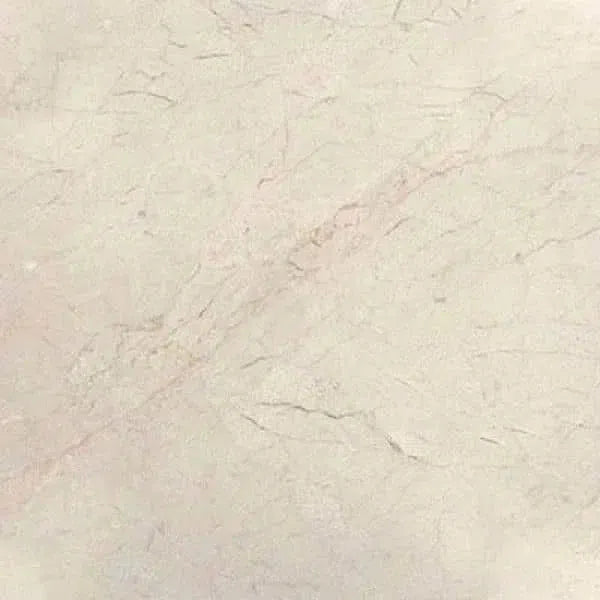 Crema Marfil
Crema Marfil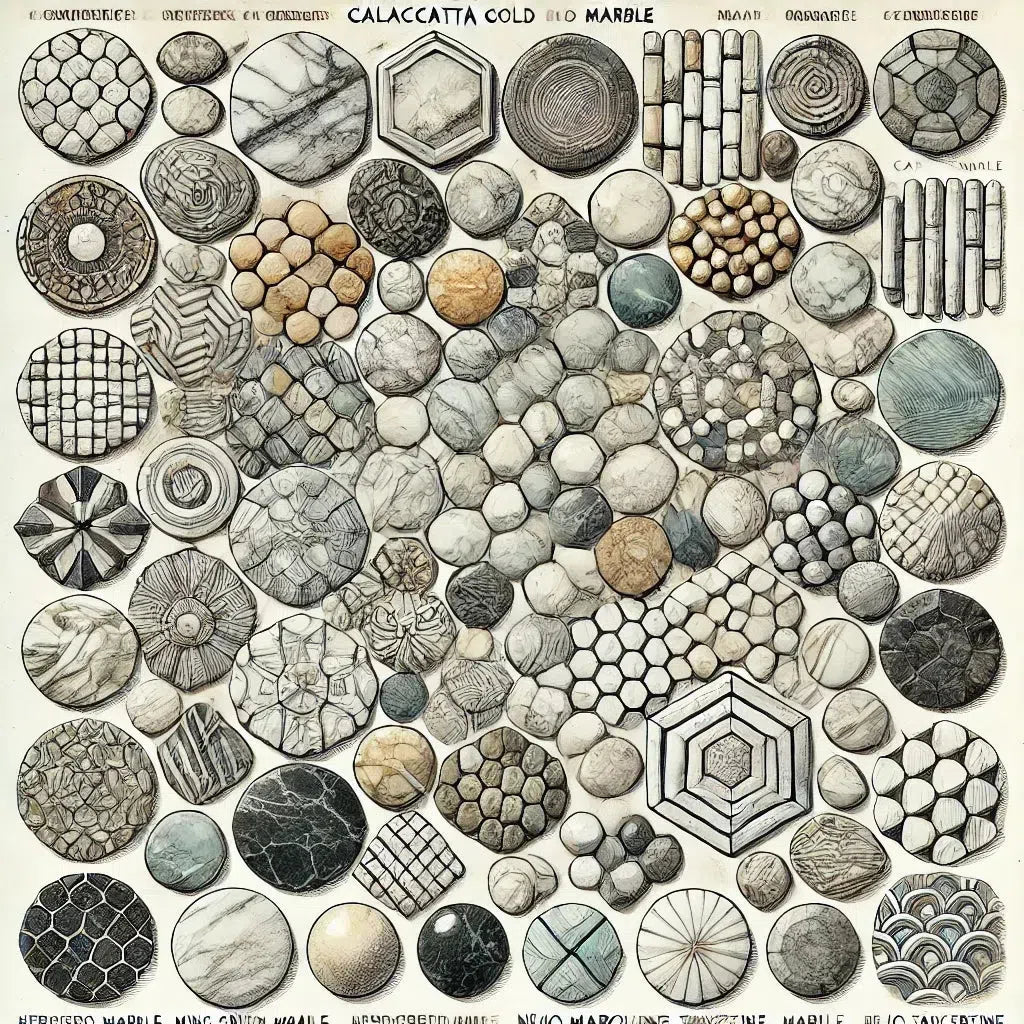 Custom Made Mosaic
Custom Made Mosaic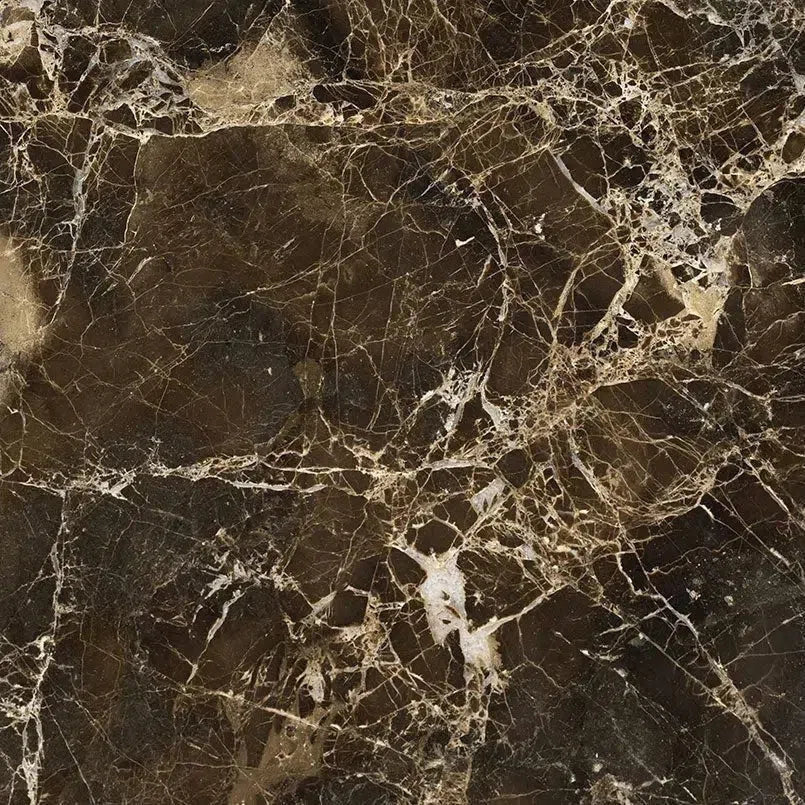 Emperador Dark
Emperador Dark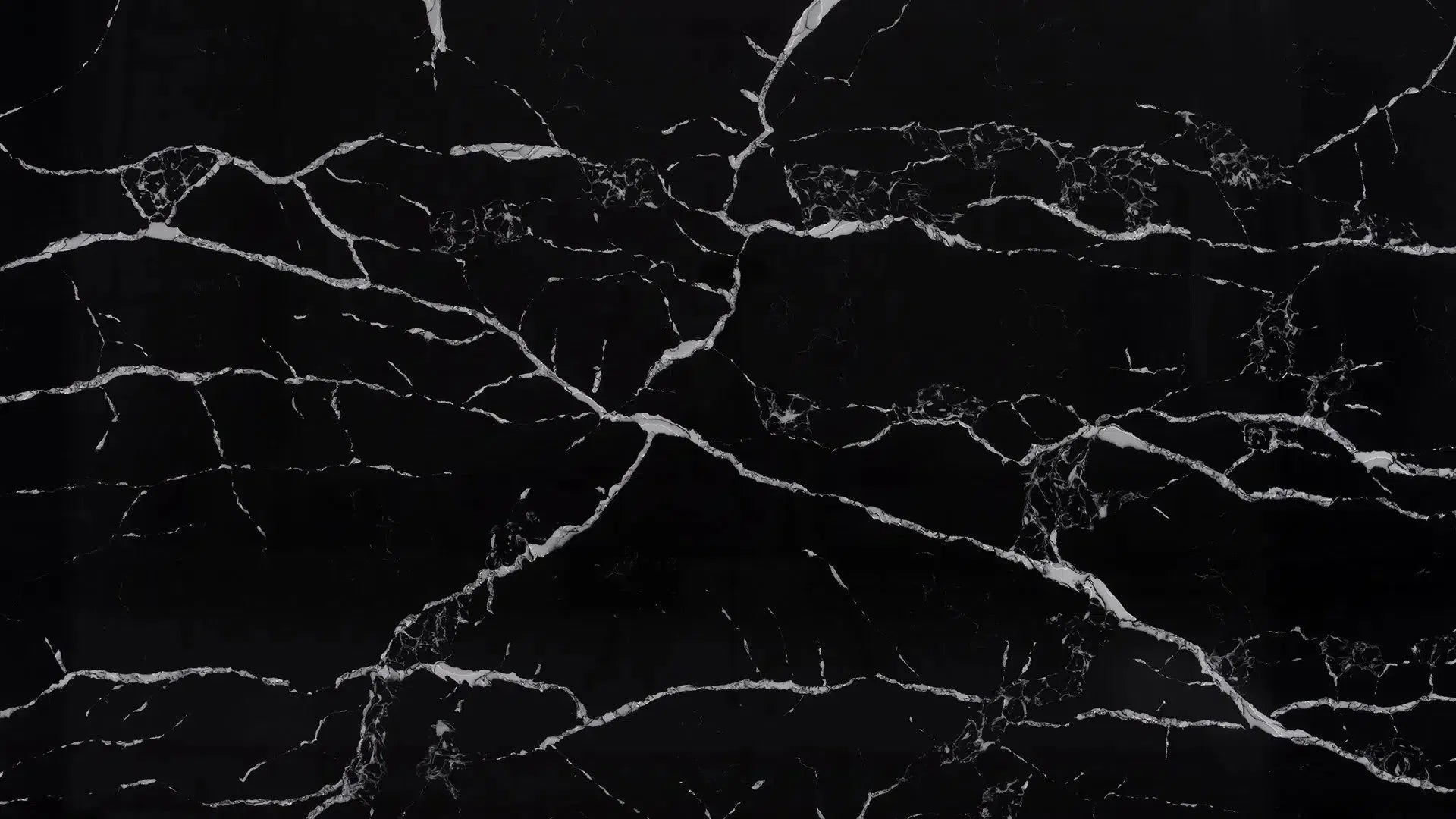 Nero Marquina
Nero Marquina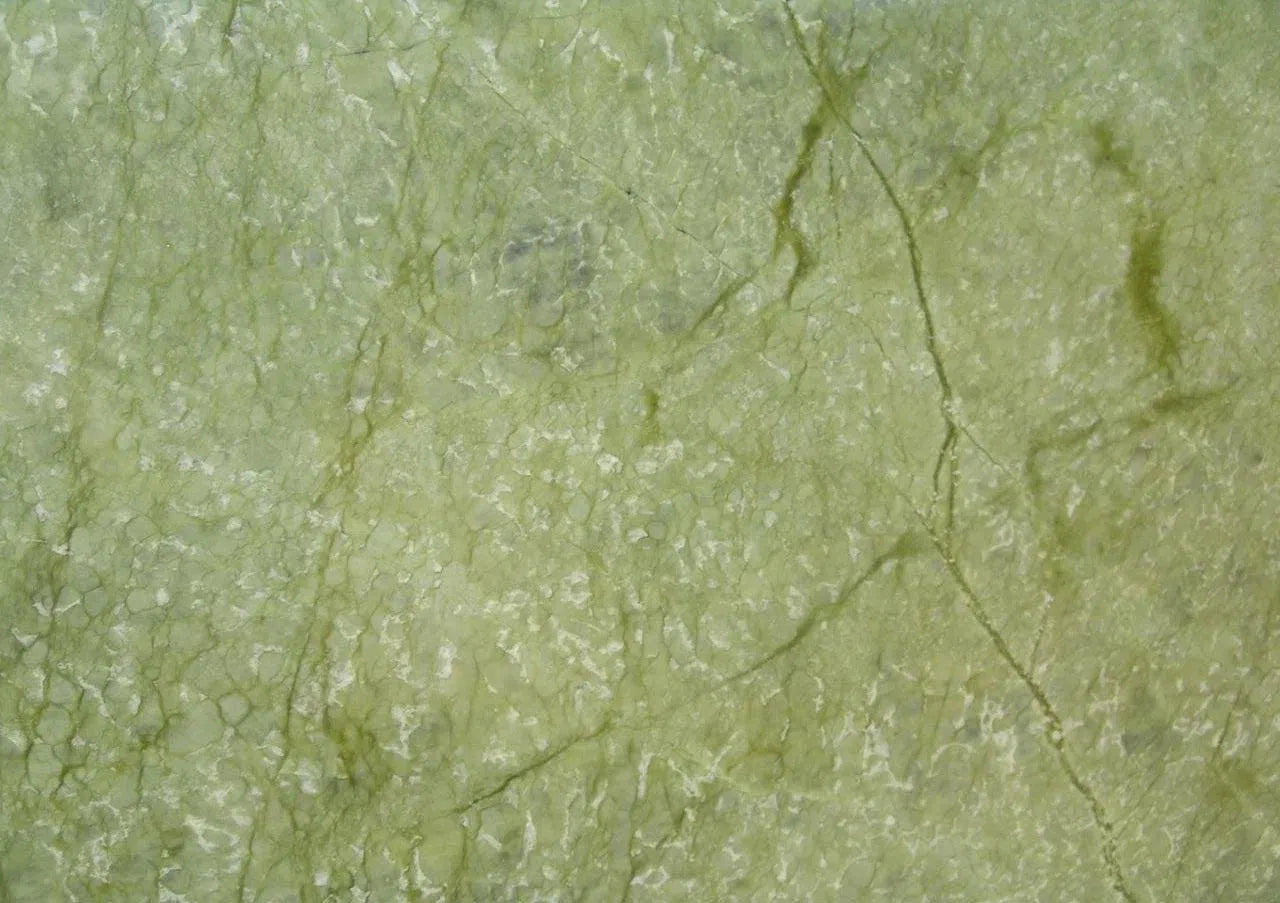 Ming Green Marble
Ming Green Marble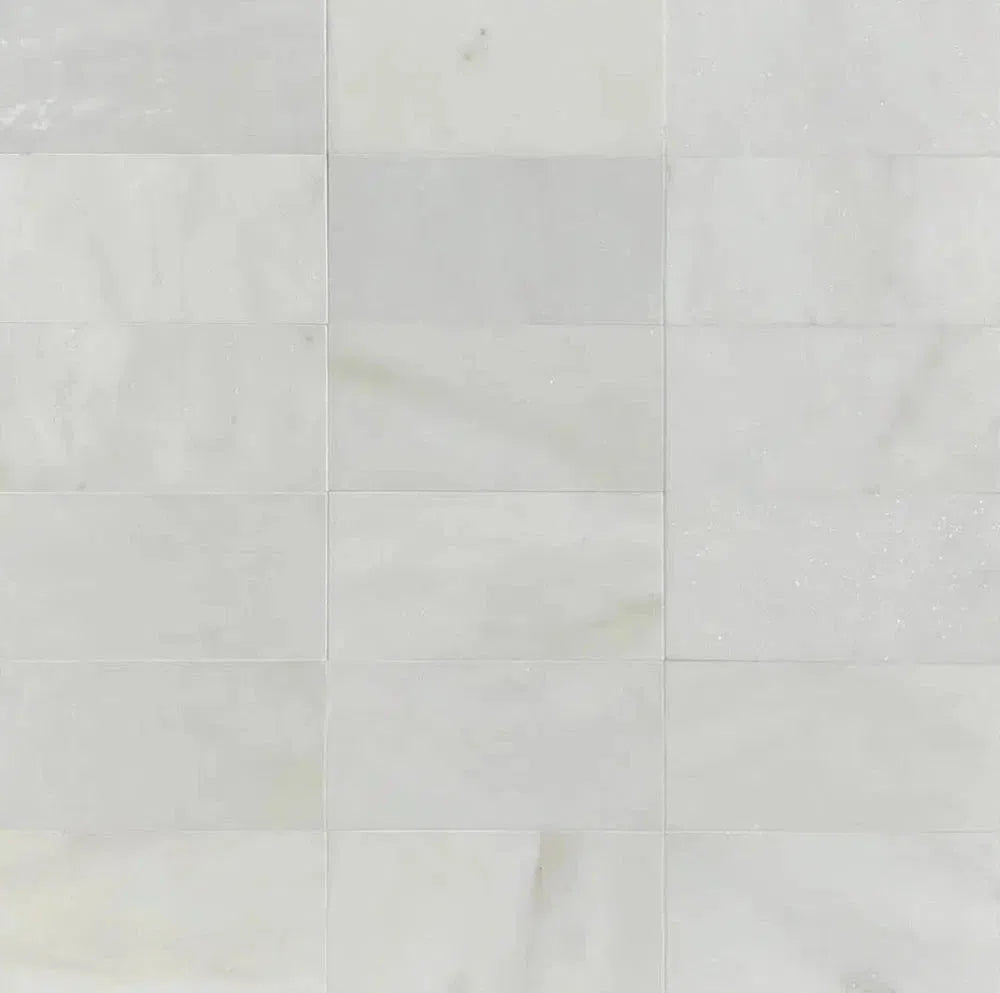 Oriental White Marble (Asian Statuary Marble)
Oriental White Marble (Asian Statuary Marble)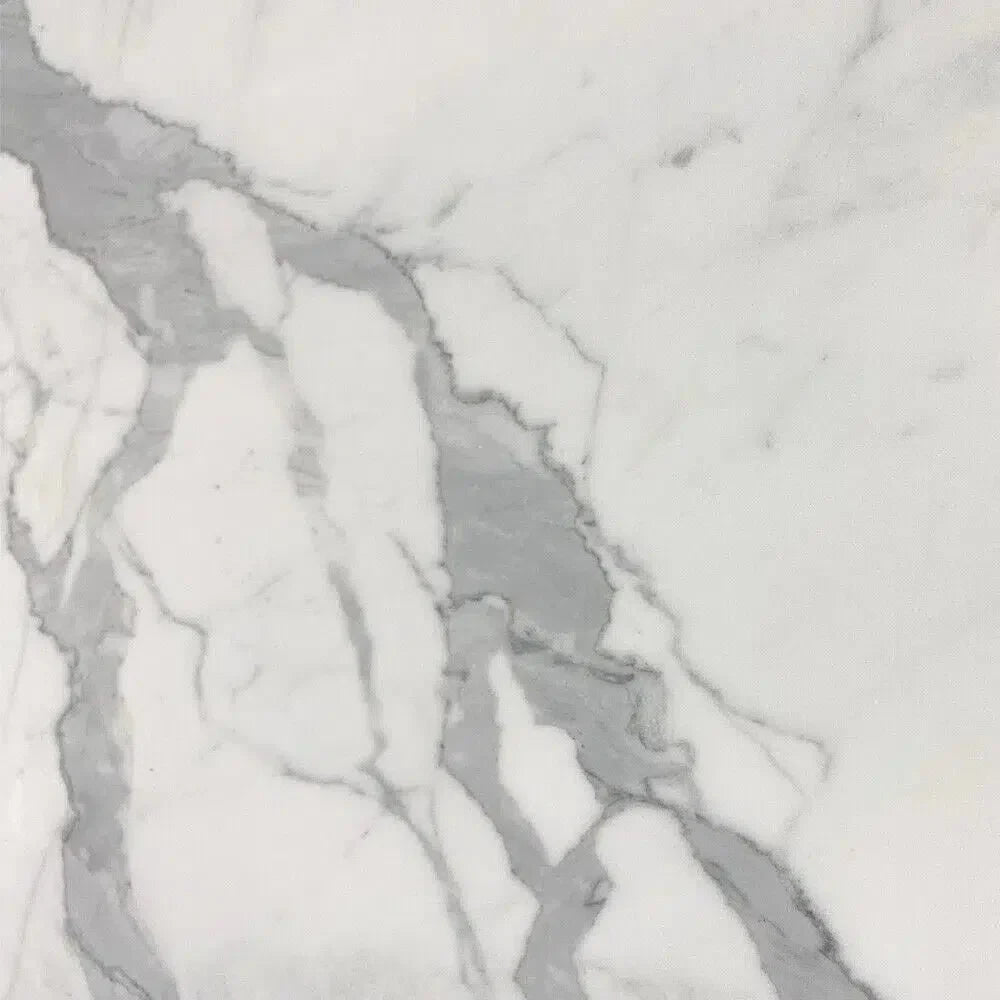 Statuary - Statuario White (Italian) Marble
Statuary - Statuario White (Italian) Marble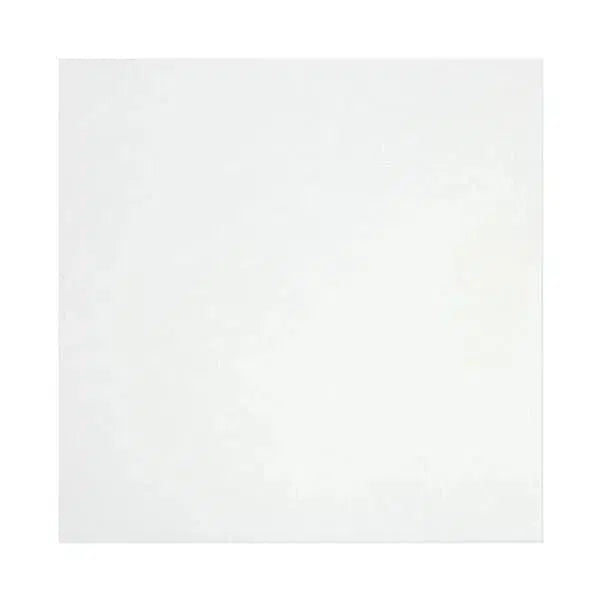 Thassos White
Thassos White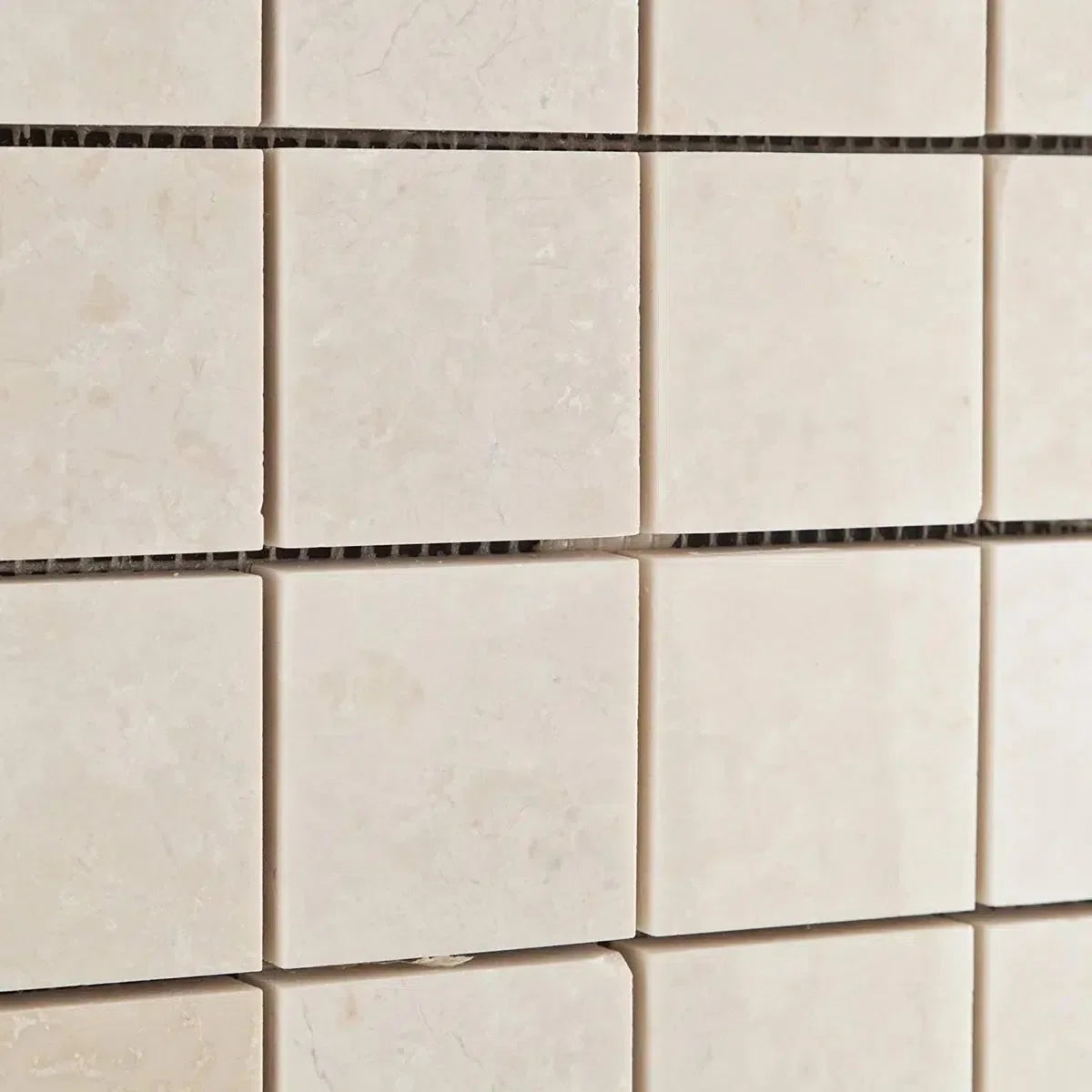 White Pearl/Botticino Beige Marble
White Pearl/Botticino Beige Marble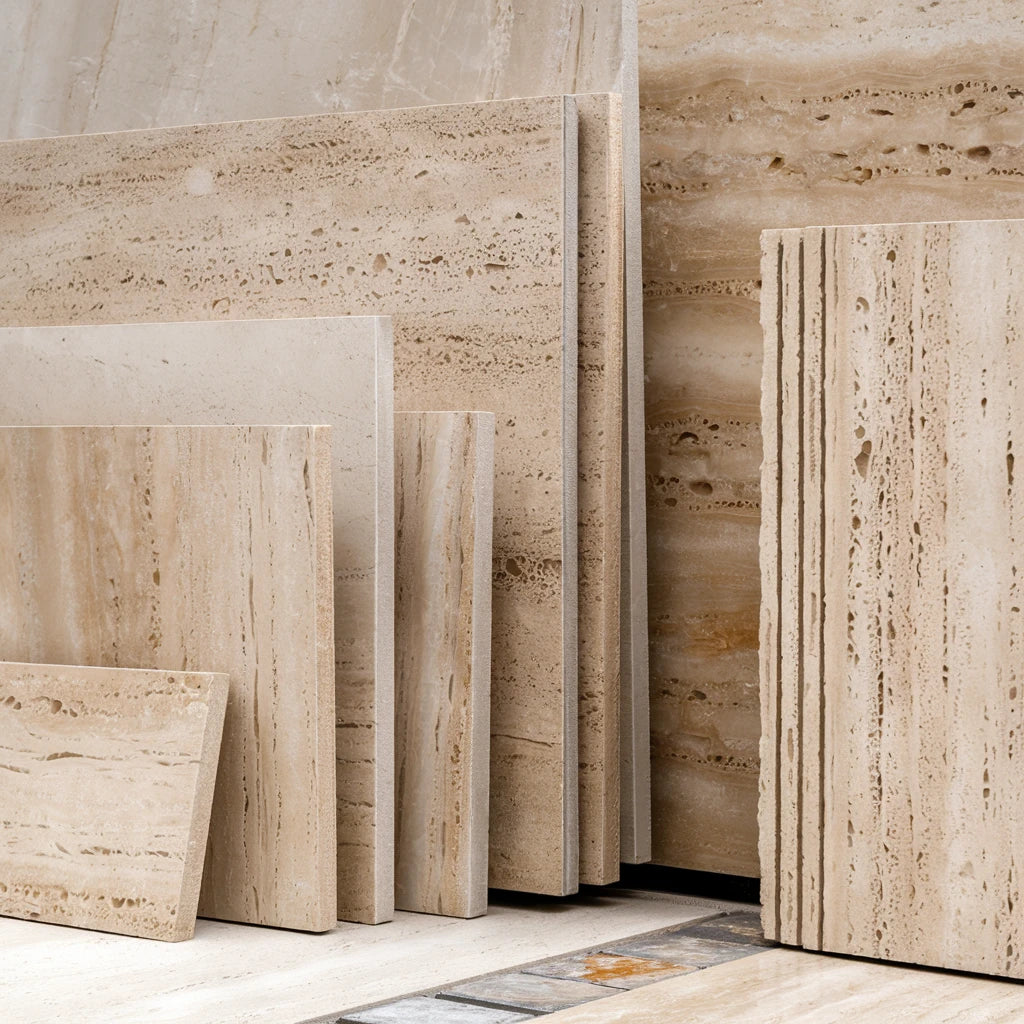 Best Selling Travertine Collections
Best Selling Travertine Collections
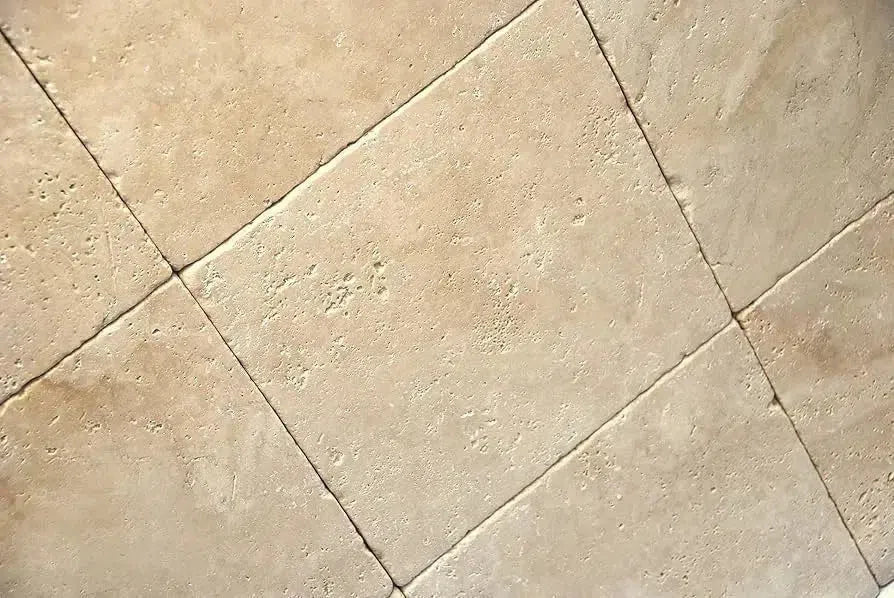 Ivory Travertine
Ivory Travertine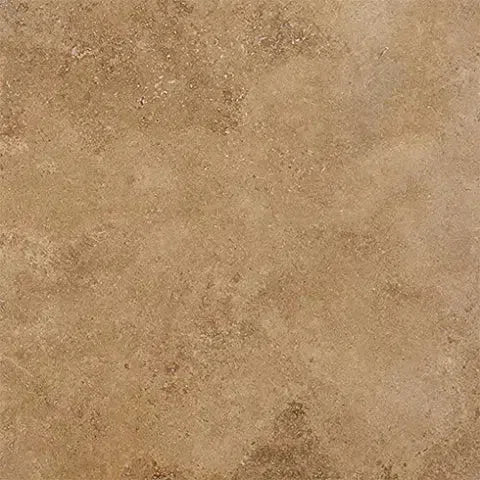 Noce Travertine
Noce Travertine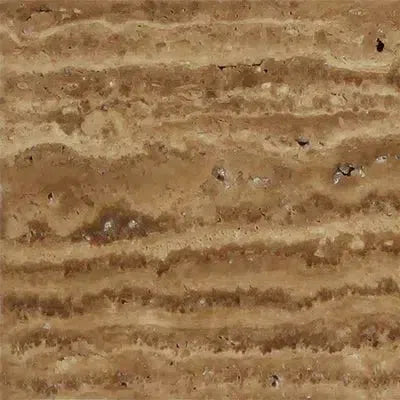 Exotic Noce Travertine
Exotic Noce Travertine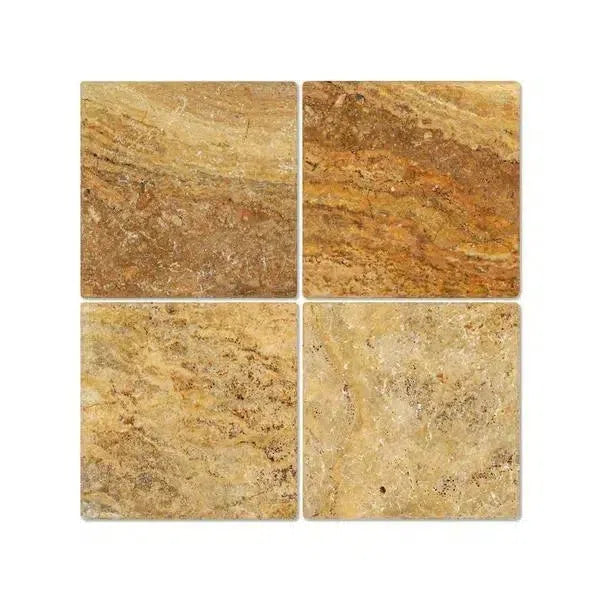 Scabos | Autumn Leaves Travertine
Scabos | Autumn Leaves Travertine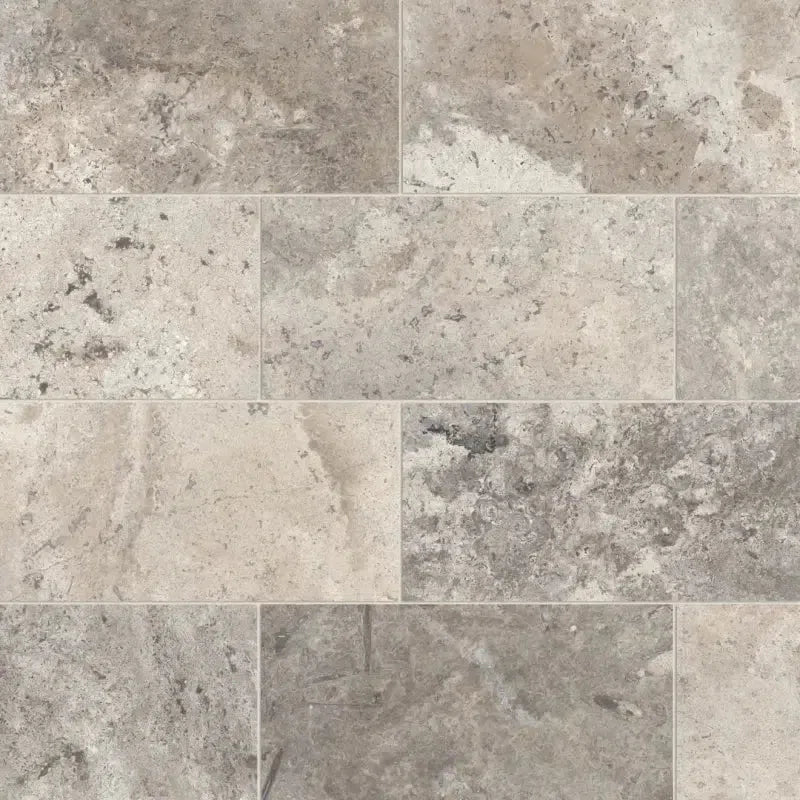 Silver Travertine
Silver Travertine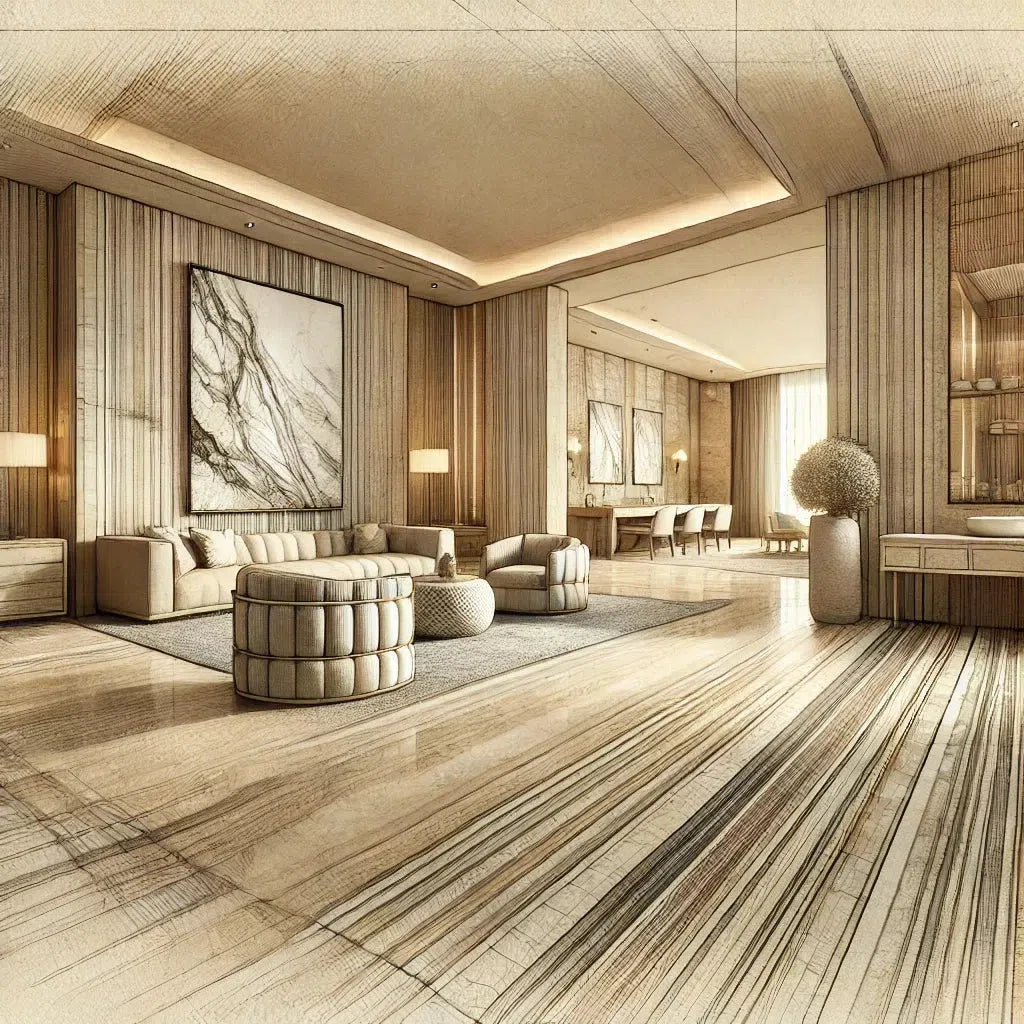 Exotic Travertine
Exotic Travertine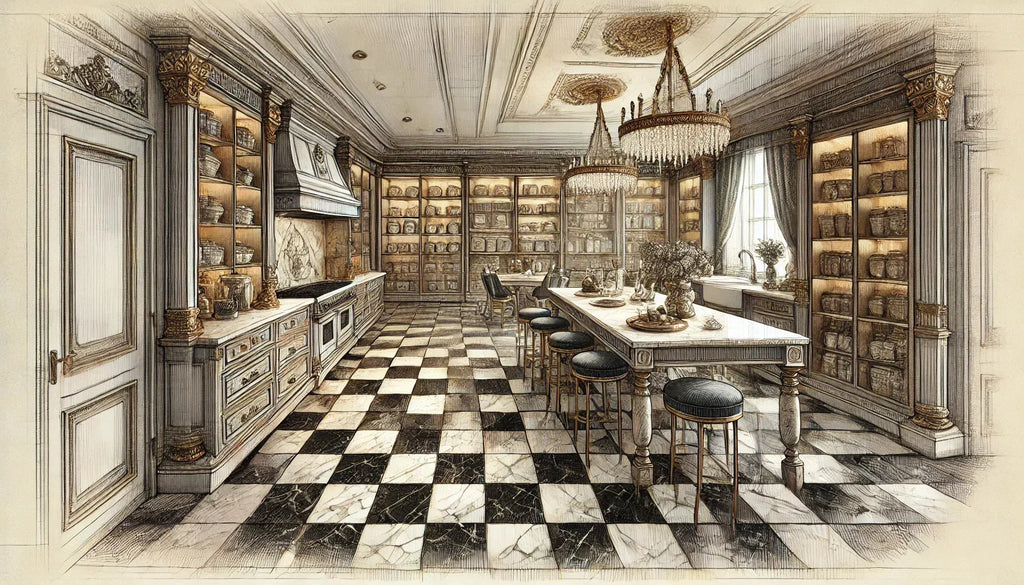 Checkerboard
Checkerboard
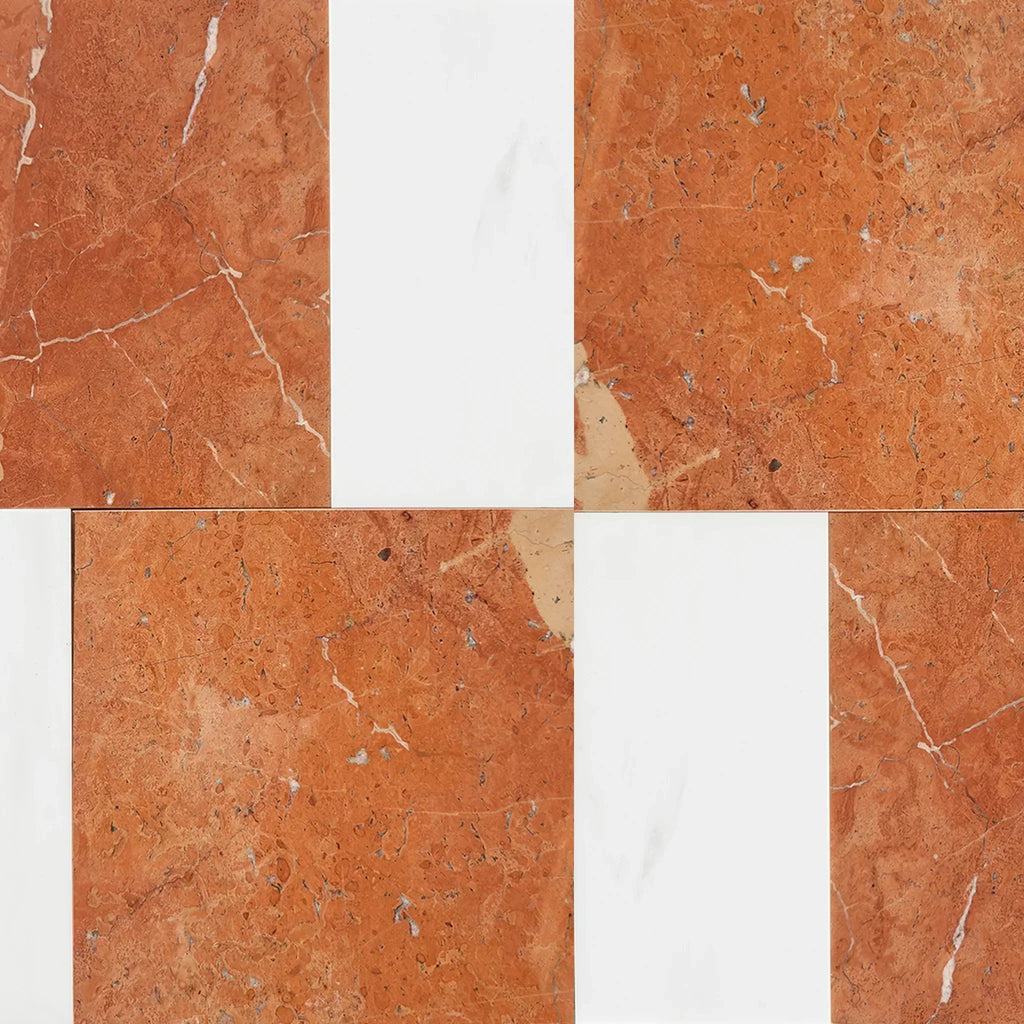 Patterned Tile
Patterned Tile
 Shop By Material
Shop By Material
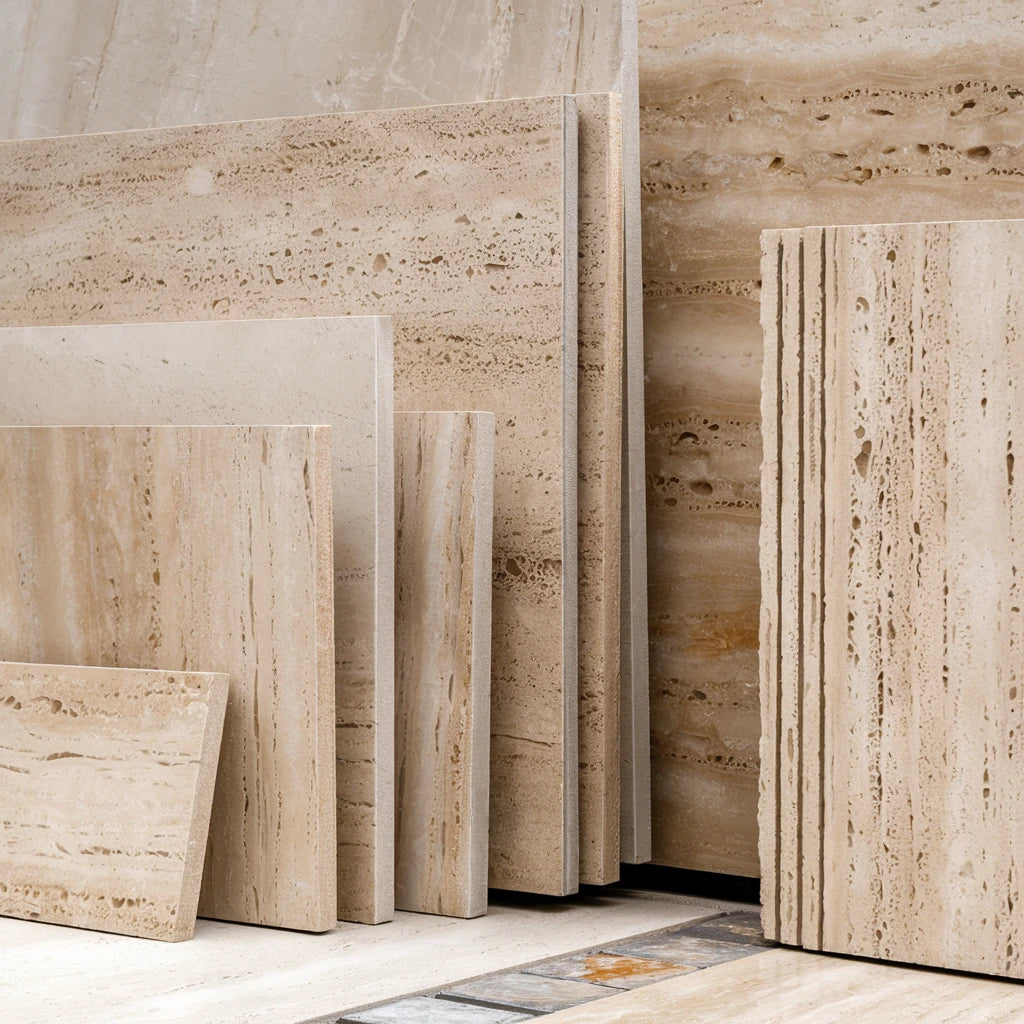 Travertine
Travertine Marble
Marble Limestone
Limestone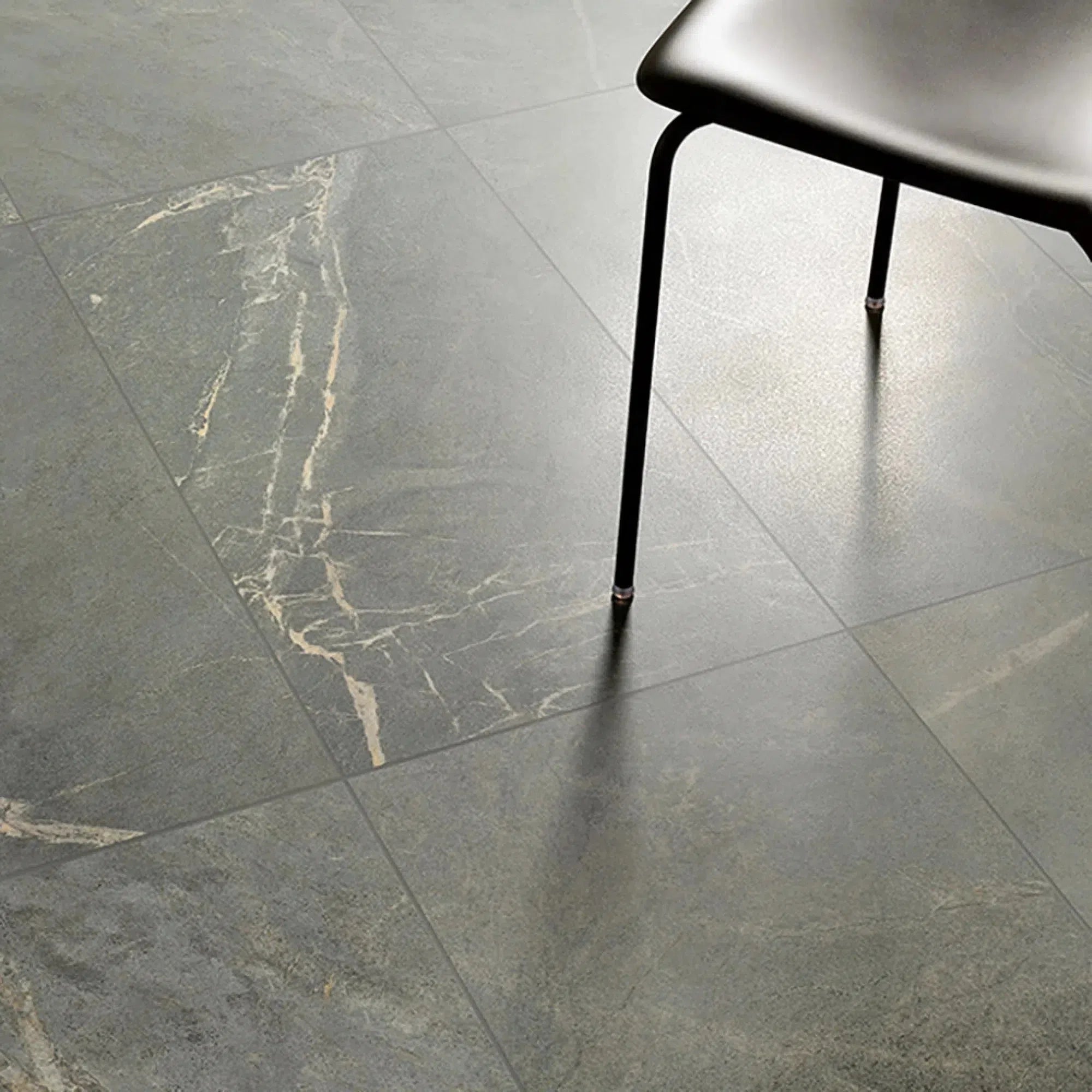 Soap Stone
Soap Stone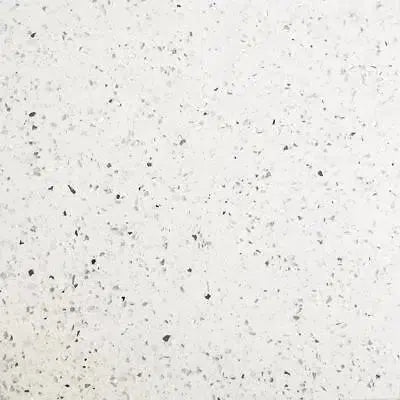 Quartz
Quartz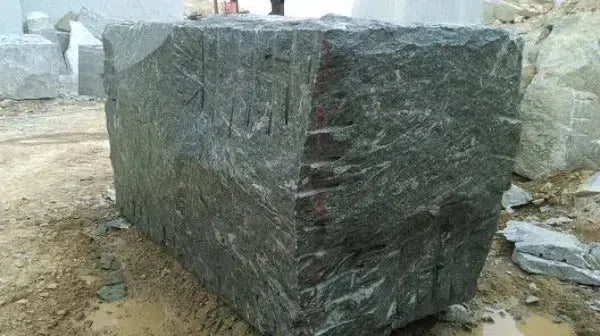 Granite
Granite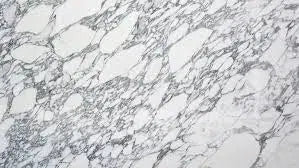 Shop By Name
Shop By Name
 Absolute Black Granite
Absolute Black Granite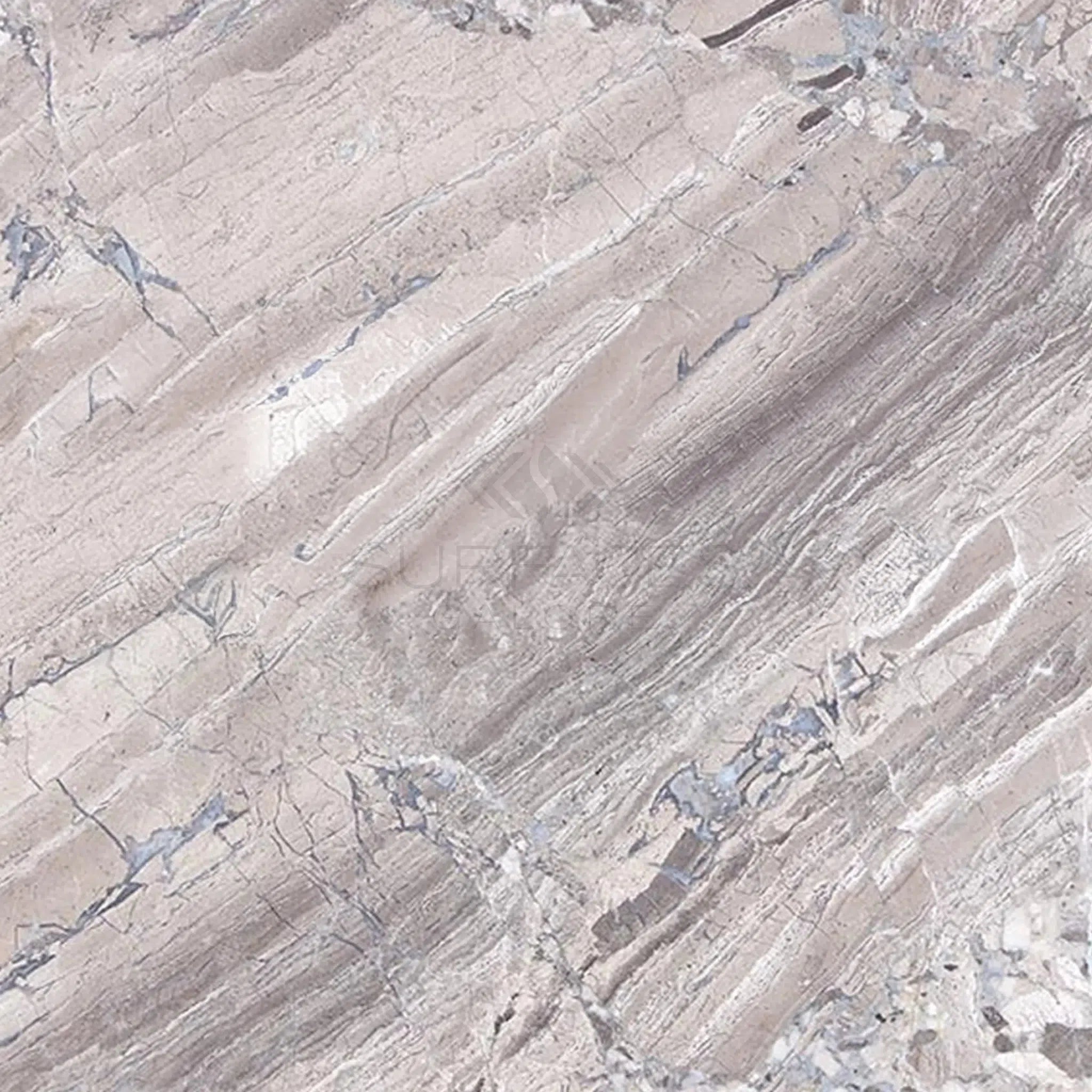 Atlantic Gray Marble
Atlantic Gray Marble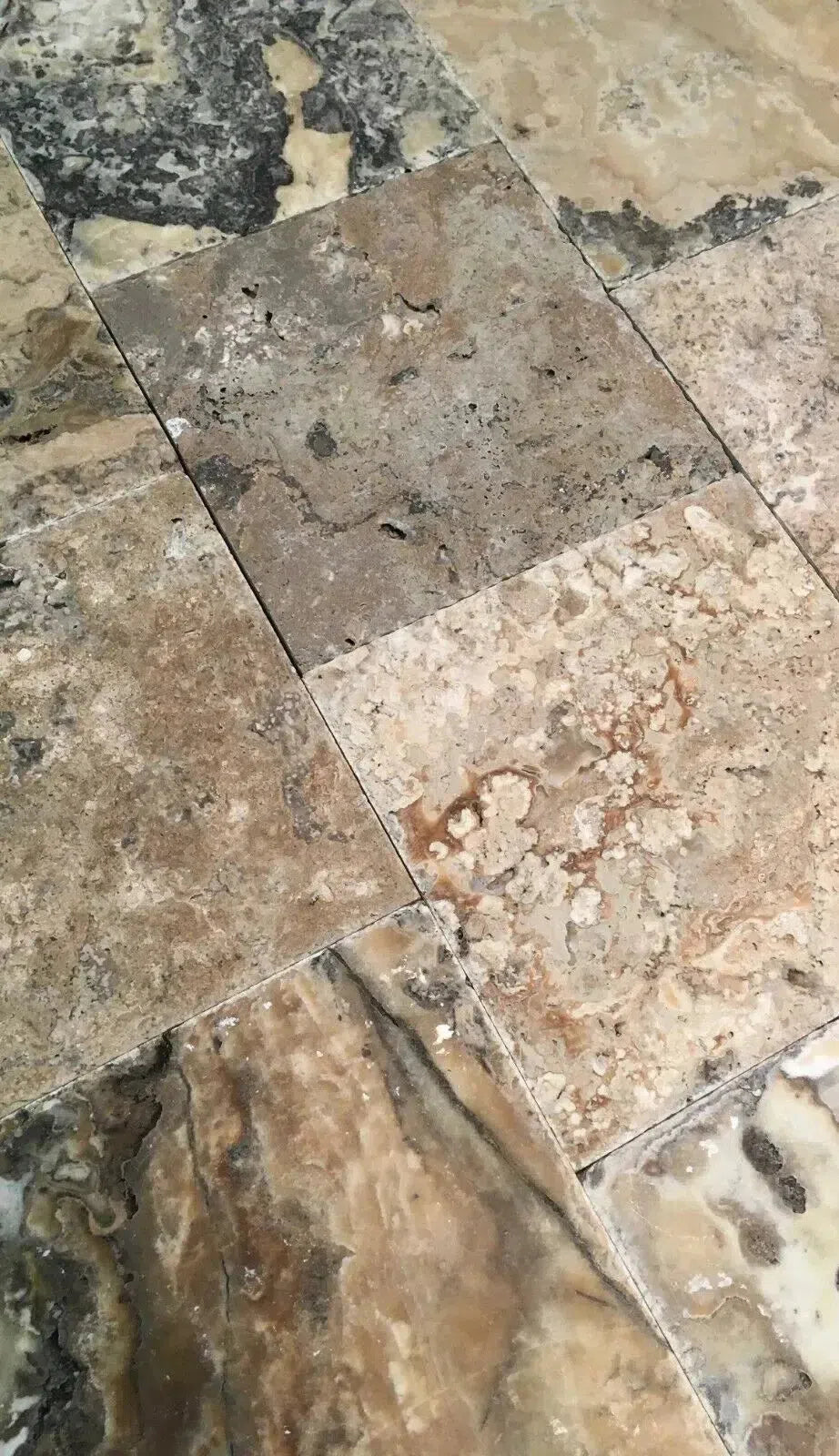 Antico Onyx Travertine
Antico Onyx Travertine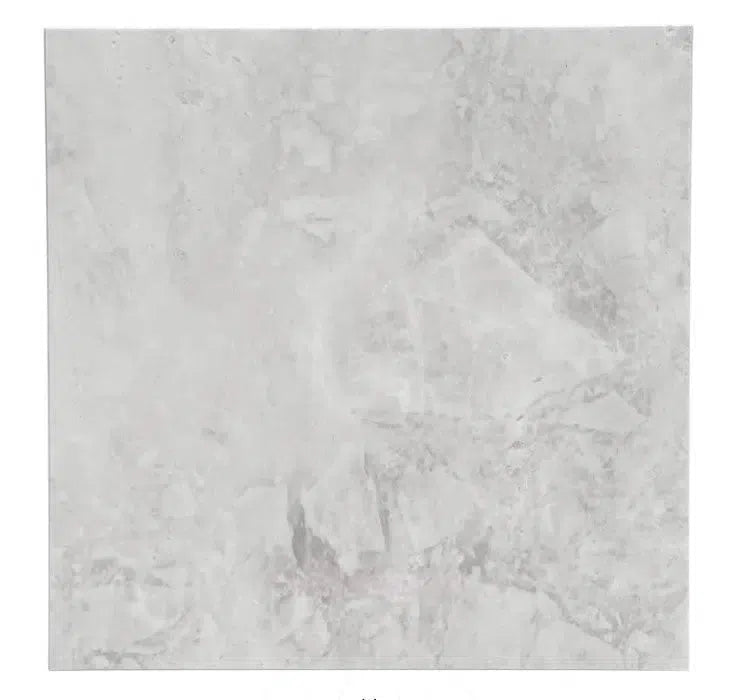 Bianco Congelato Dolomite
Bianco Congelato Dolomite Bianco Venatino (Bianco Mare) Marble
Bianco Venatino (Bianco Mare) Marble Burgundy Mocha Marble
Burgundy Mocha Marble Calacatta Verde Royale Marble
Calacatta Verde Royale Marble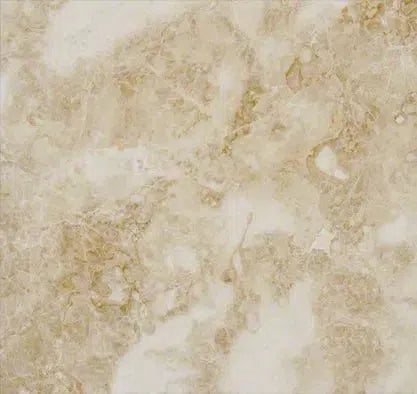 Cappuccino Marble
Cappuccino Marble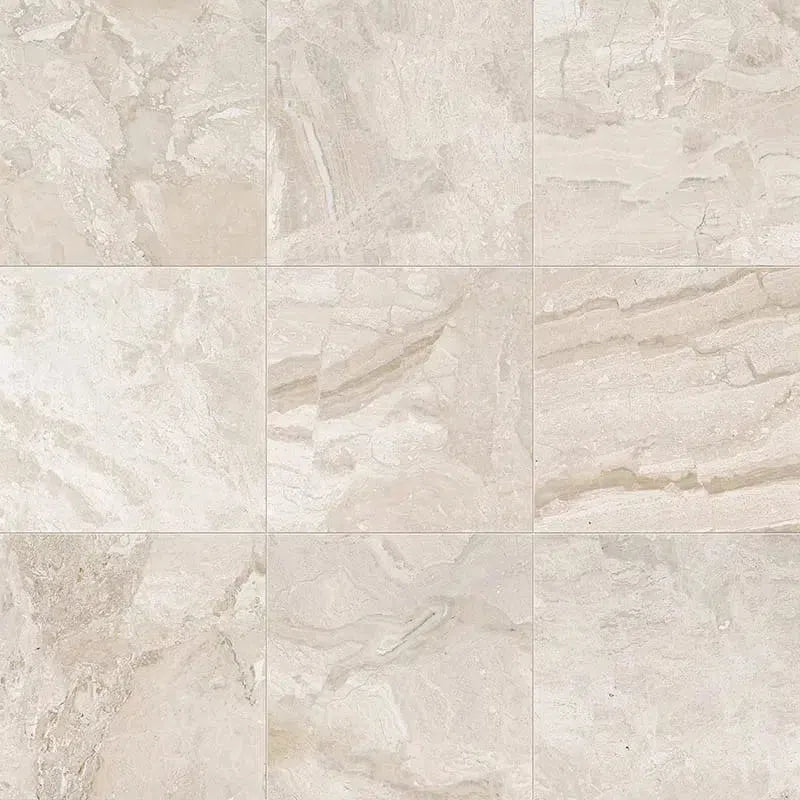 Diano Royal (Queen Beige) Marble
Diano Royal (Queen Beige) Marble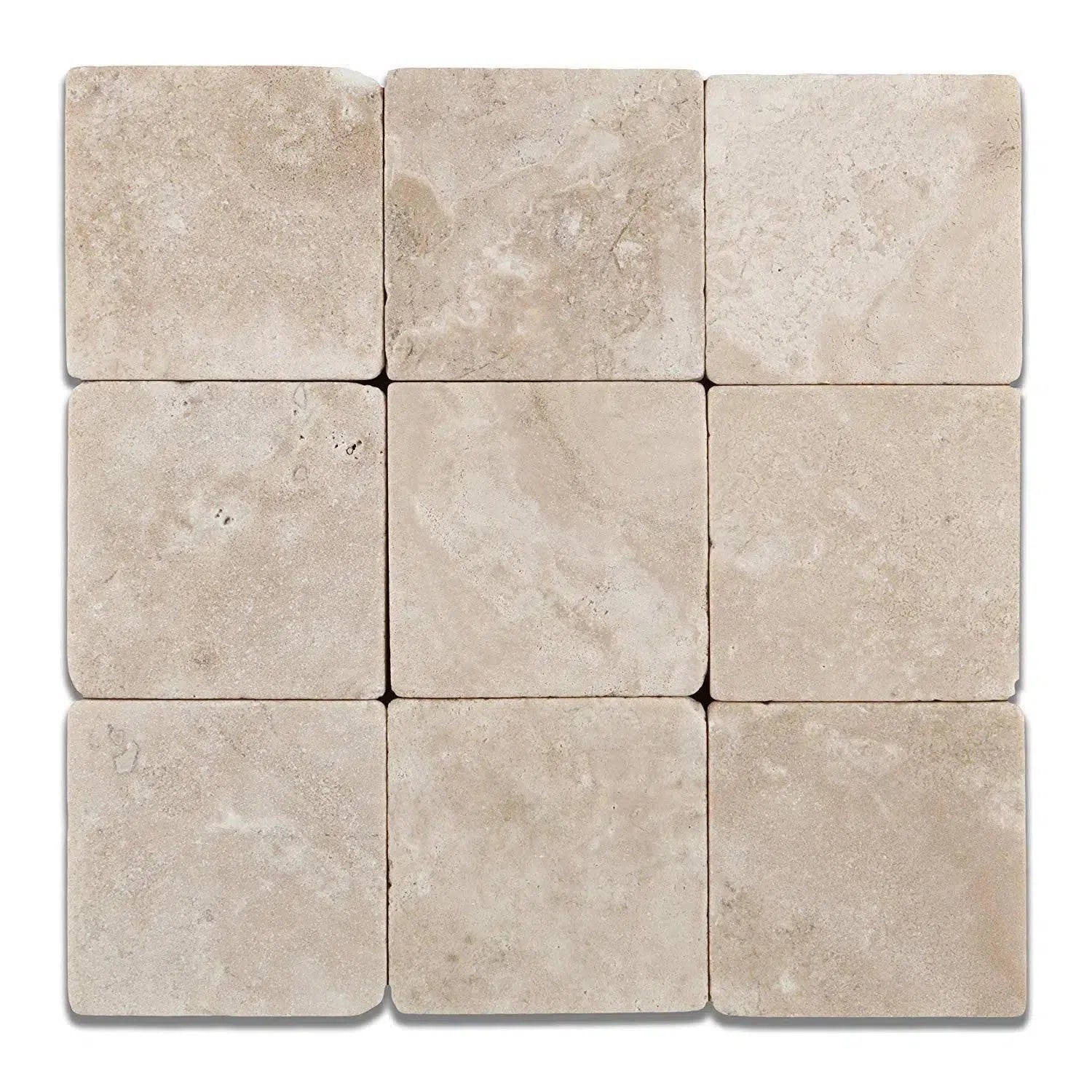 Durango Cream Traverine
Durango Cream Traverine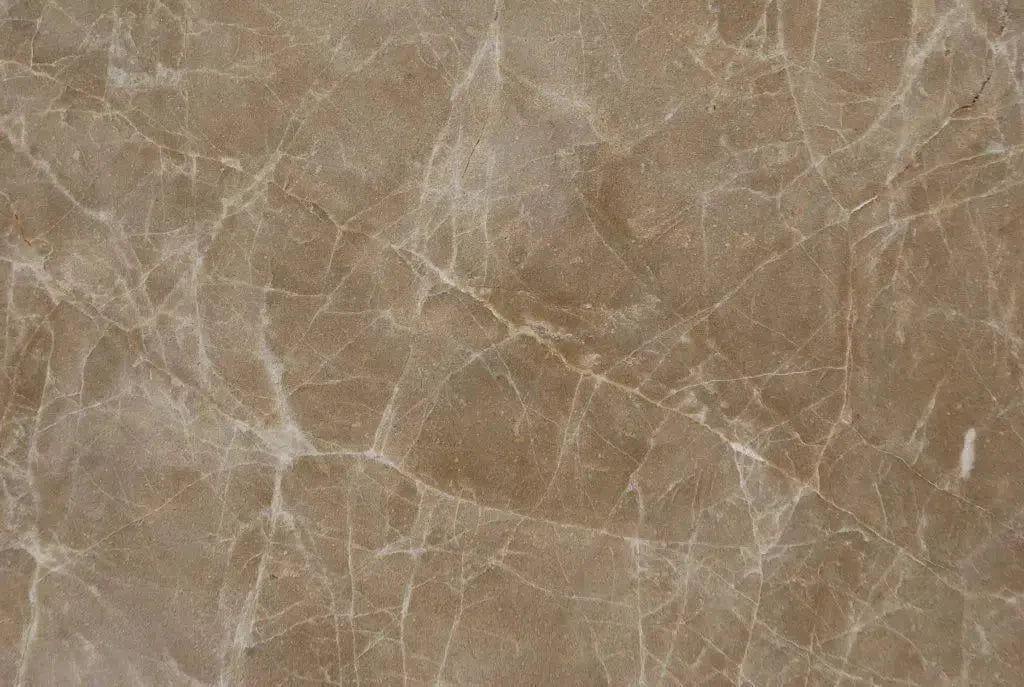 Emperador Light Marble
Emperador Light Marble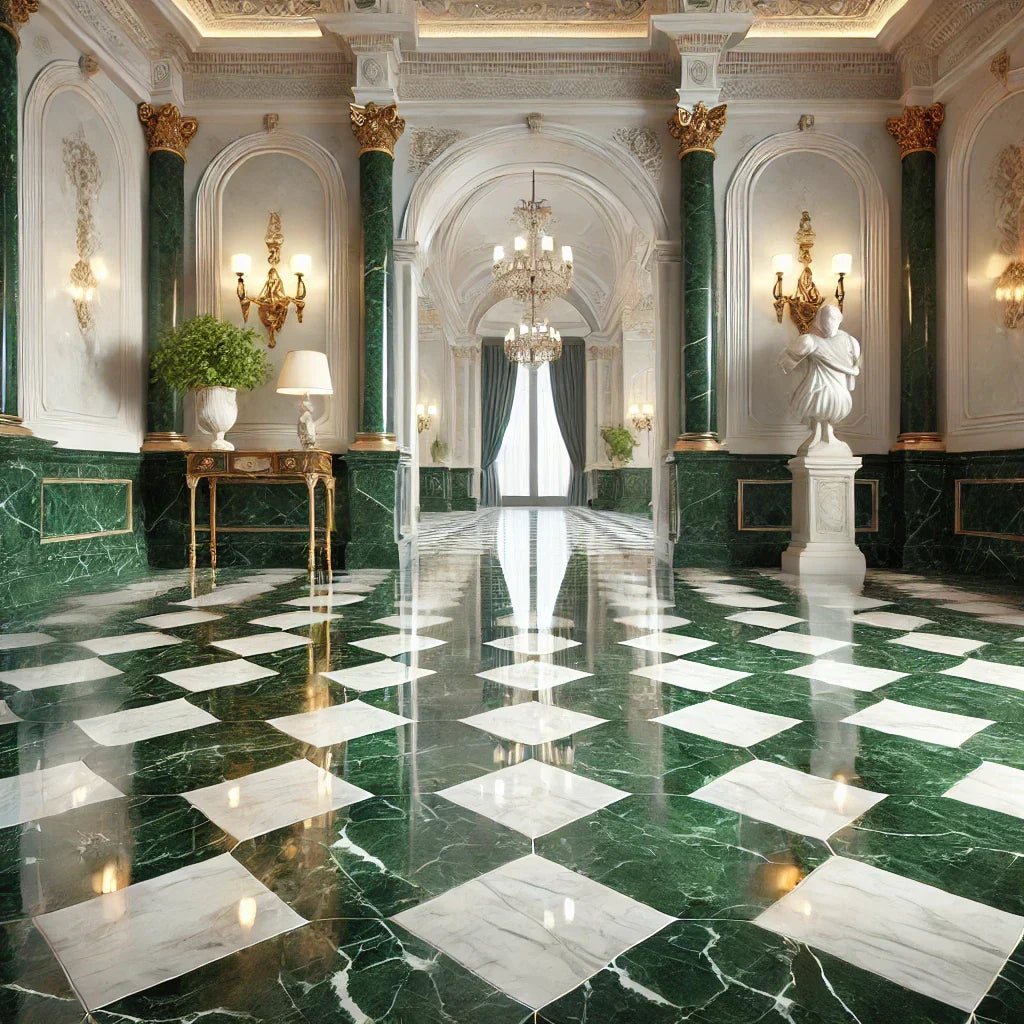 Empress Green Marble
Empress Green Marble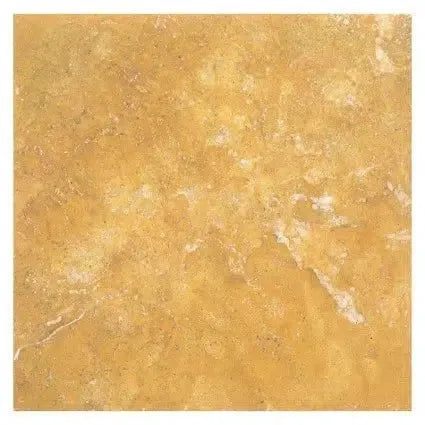 Gold/Yellow Travertine
Gold/Yellow Travertine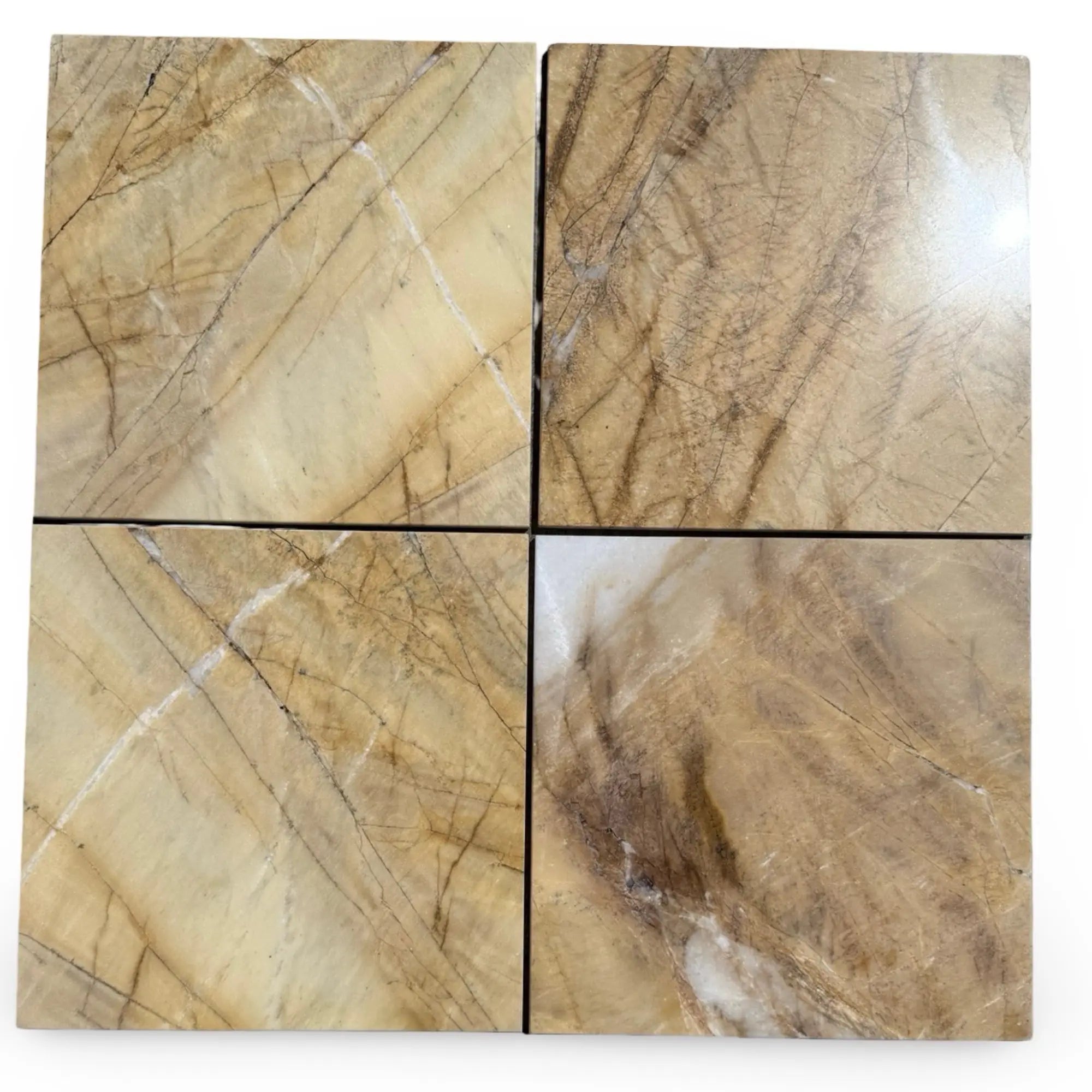 Golden Horizon Marble
Golden Horizon Marble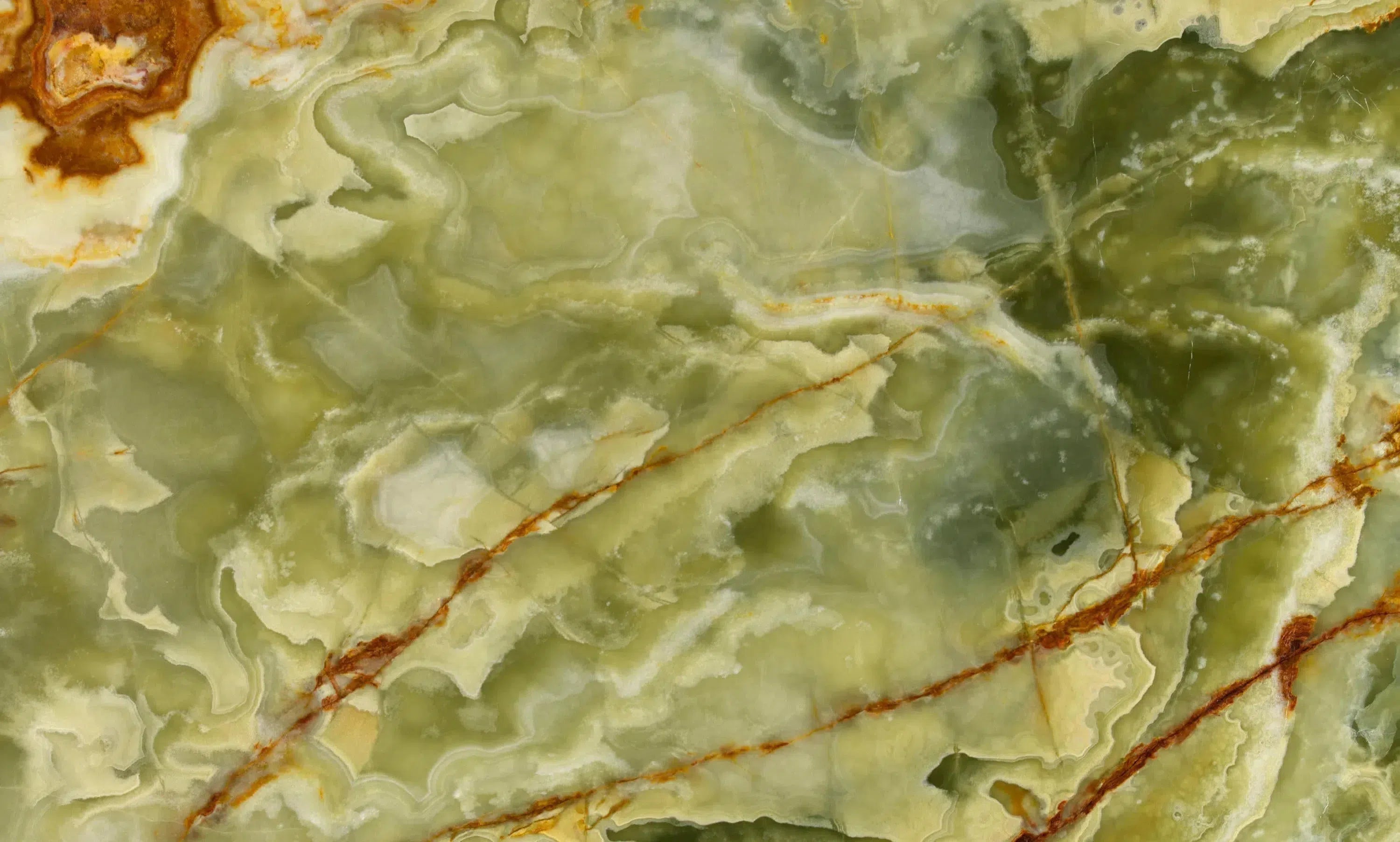 Green Onyx Marble
Green Onyx Marble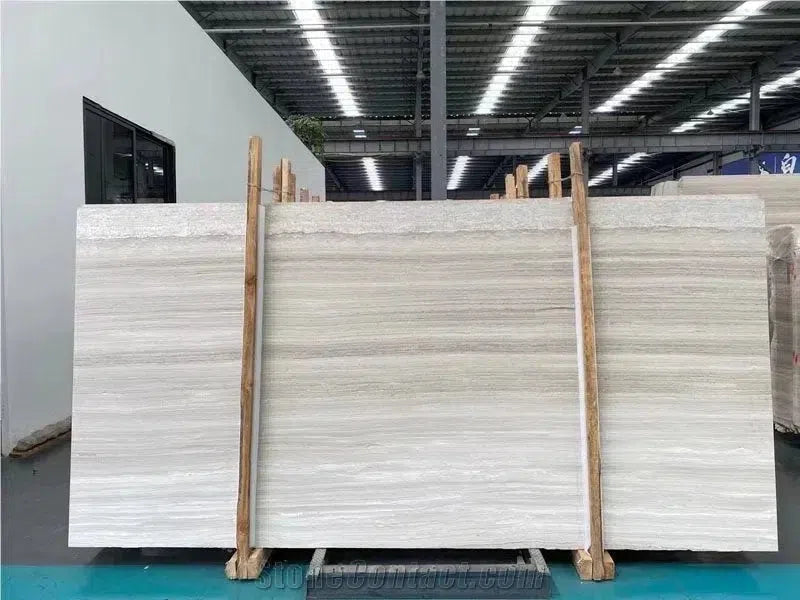 Haisa Light (White Wood) Limestone
Haisa Light (White Wood) Limestone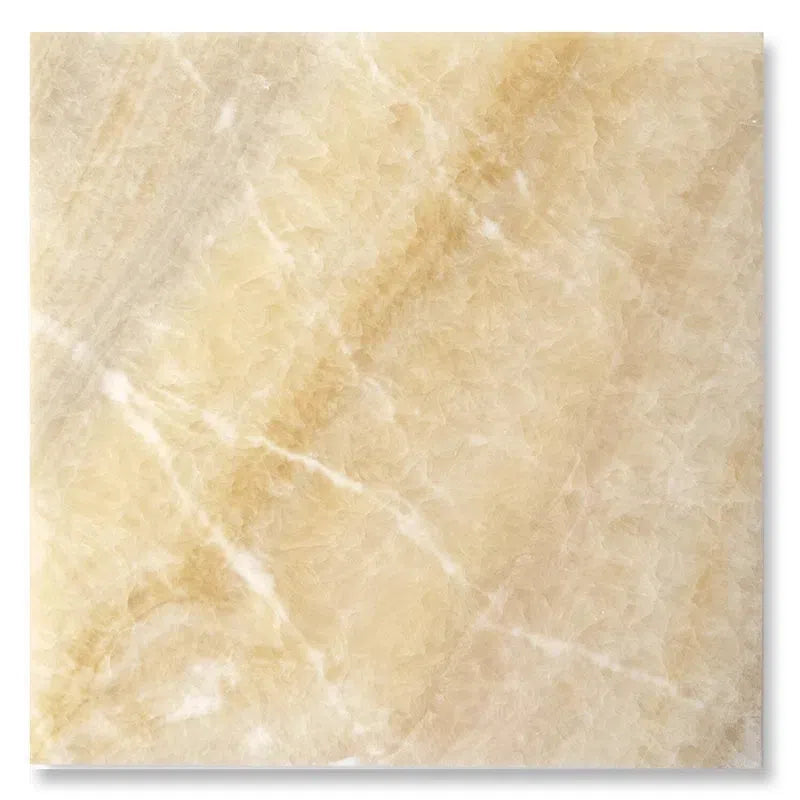 Honey Onyx Marble
Honey Onyx Marble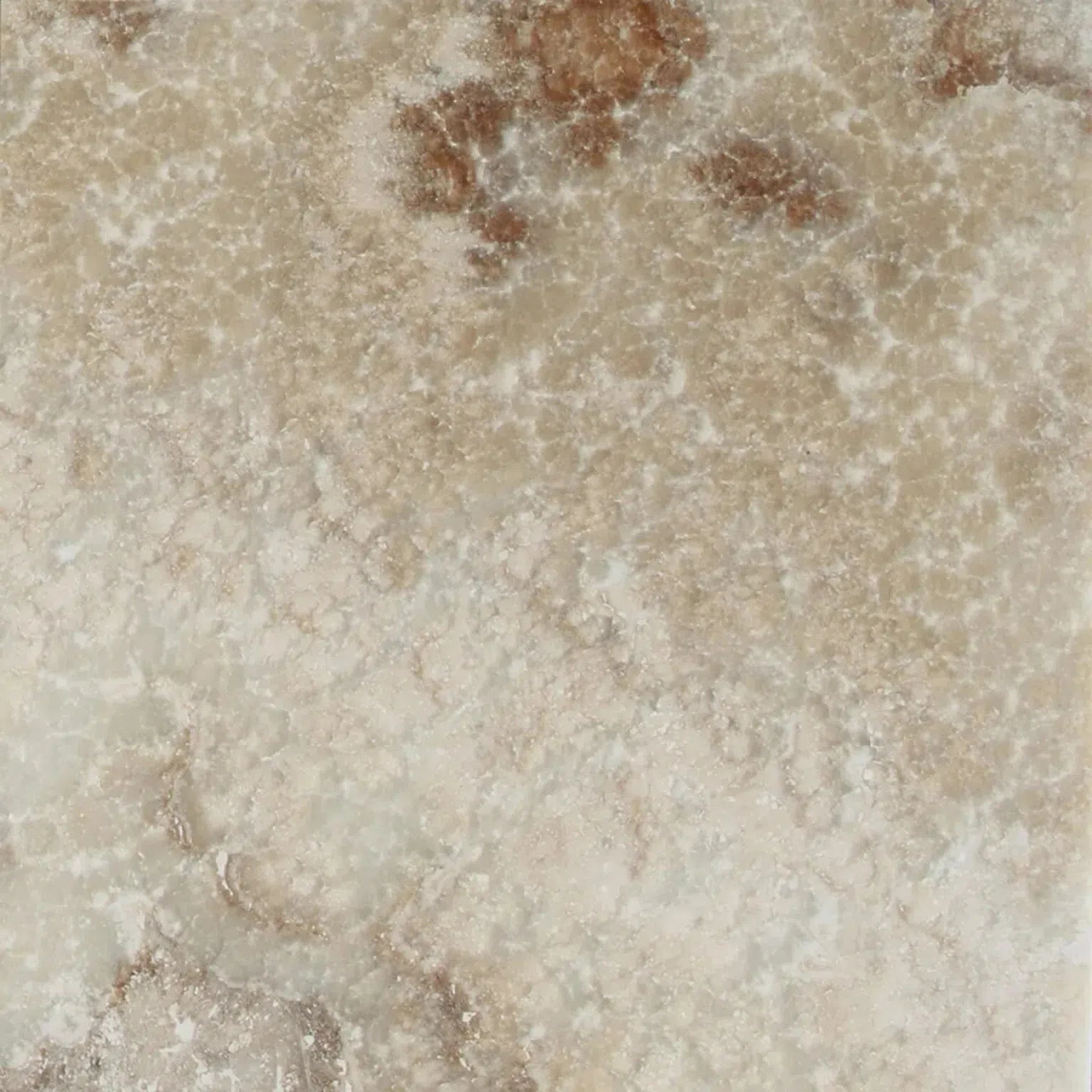 La Travonya Travertine
La Travonya Travertine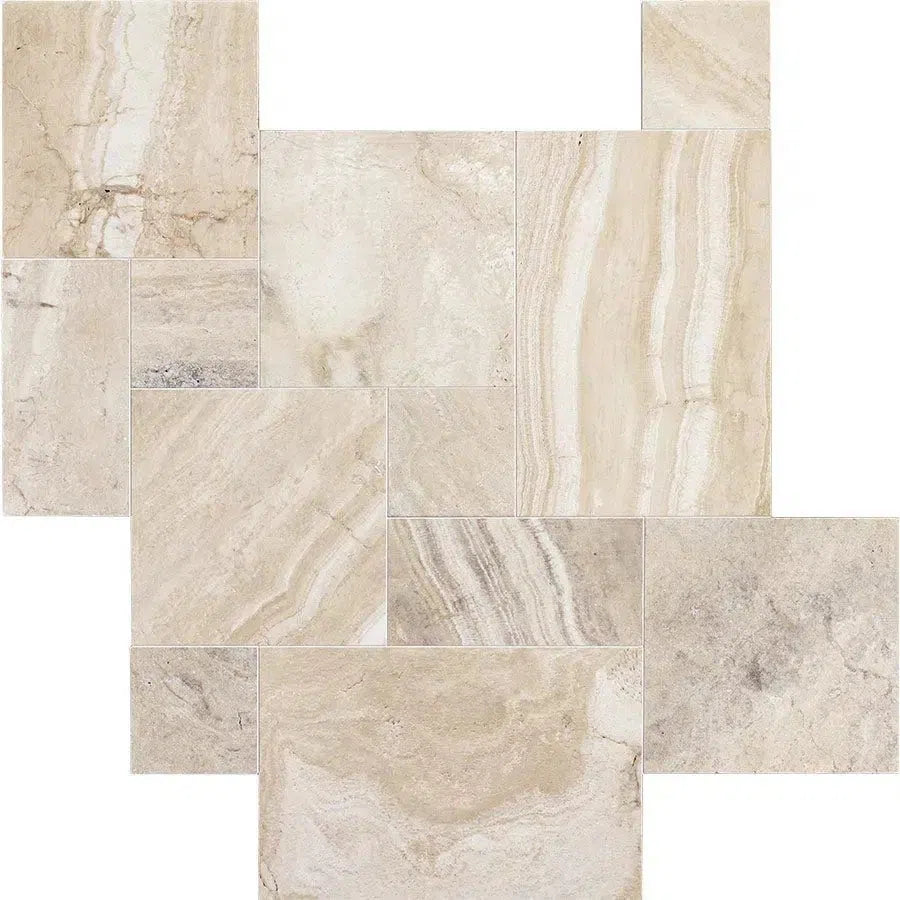 Malibu Travertine
Malibu Travertine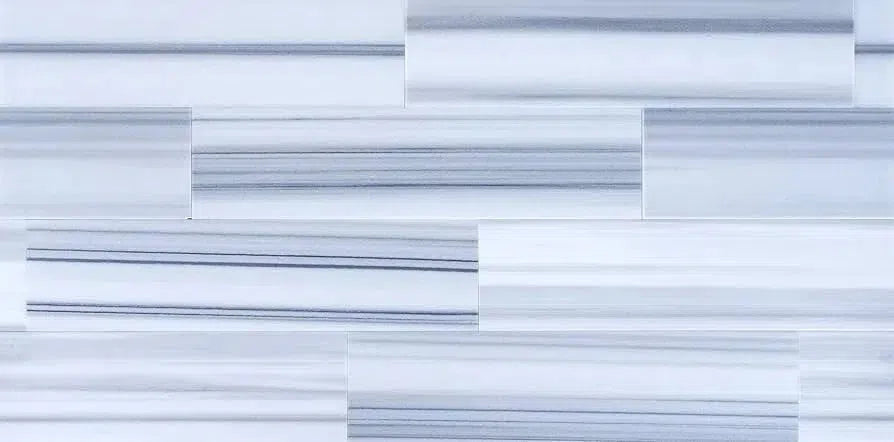 Mink (Equator) Marble
Mink (Equator) Marble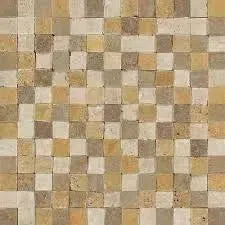 Mixed (Ivory-Noce-Gold) Travertine
Mixed (Ivory-Noce-Gold) Travertine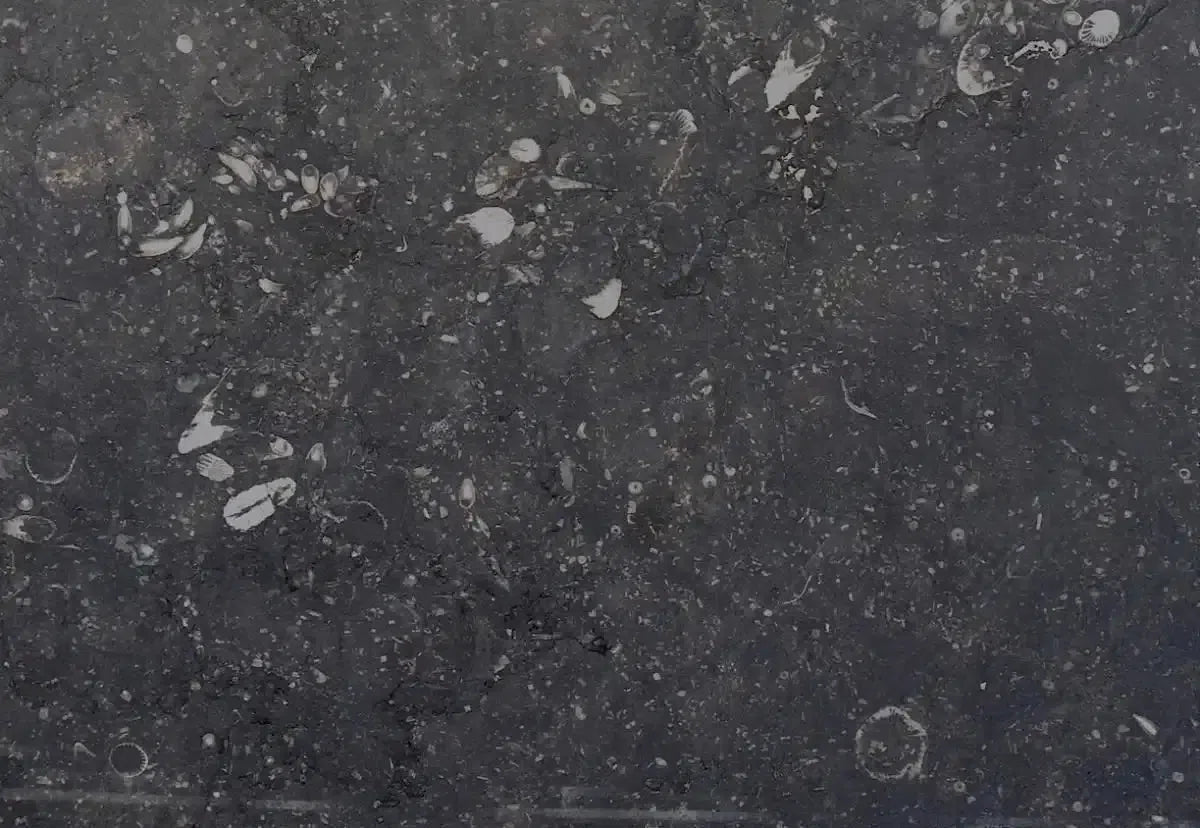 Pierre Bleue (Pierre Blue) Marble
Pierre Bleue (Pierre Blue) Marble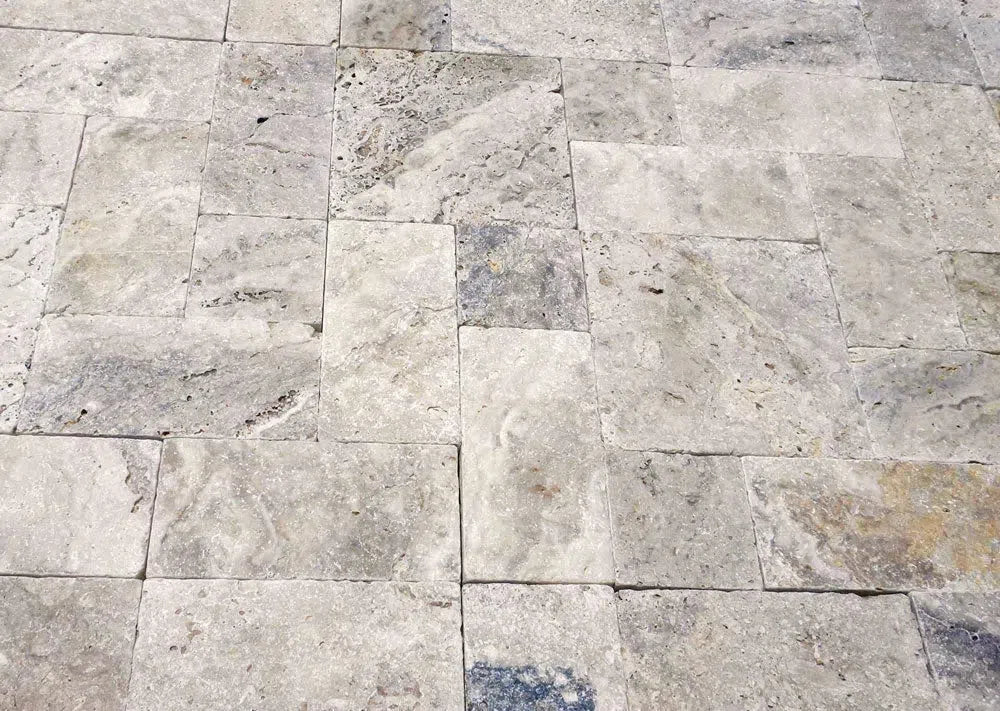 Philadelphia Travertine
Philadelphia Travertine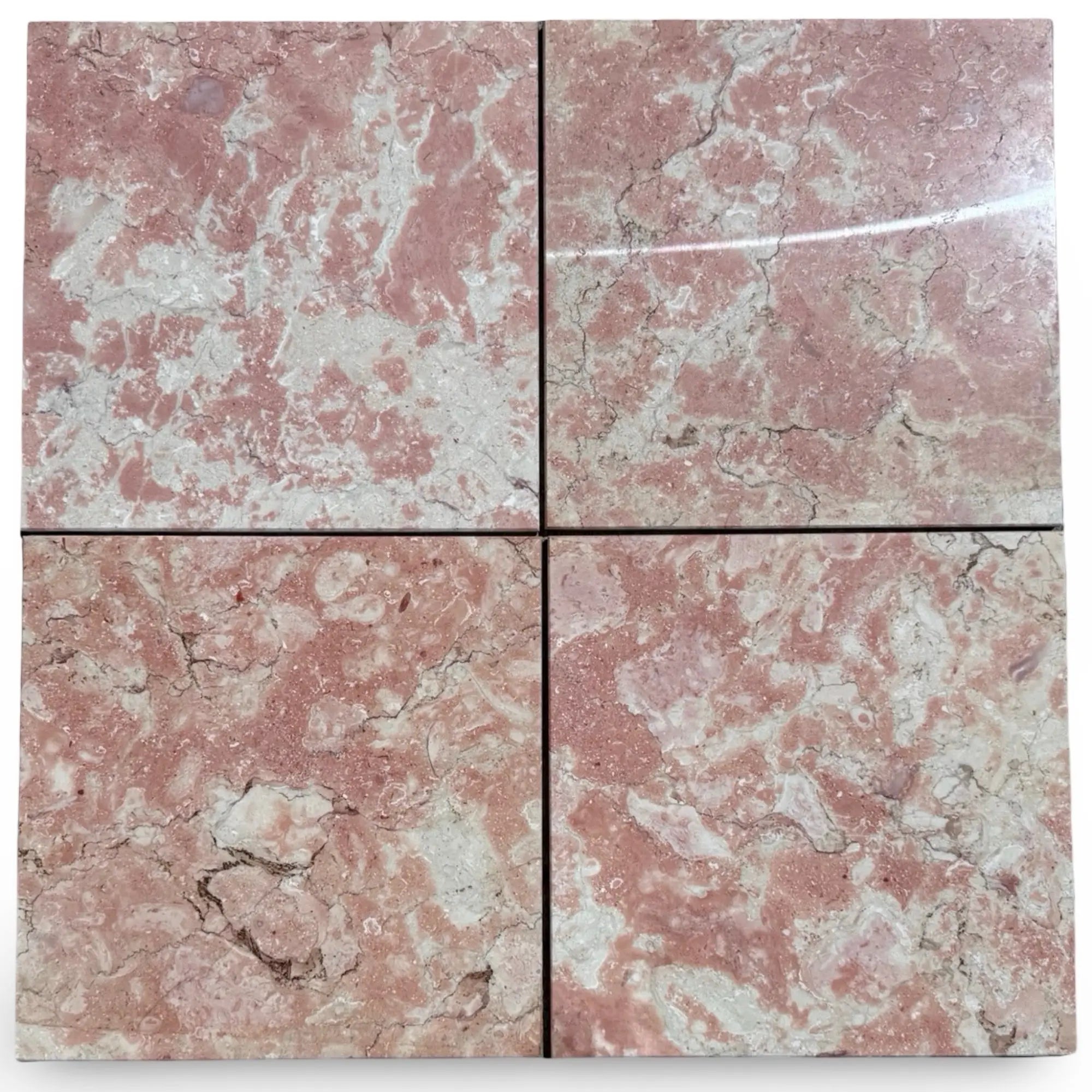 Rosé Aurora Marble
Rosé Aurora Marble Rosetta Storm Marble
Rosetta Storm Marble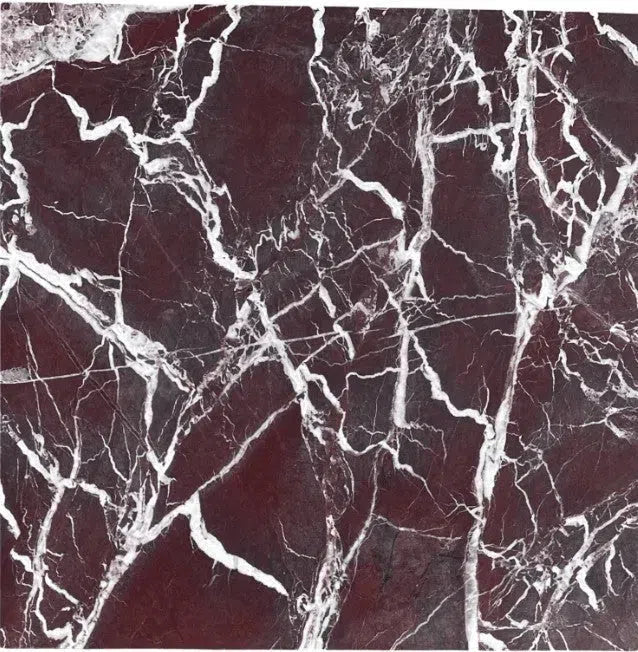 Rosso Levanto Marble
Rosso Levanto Marble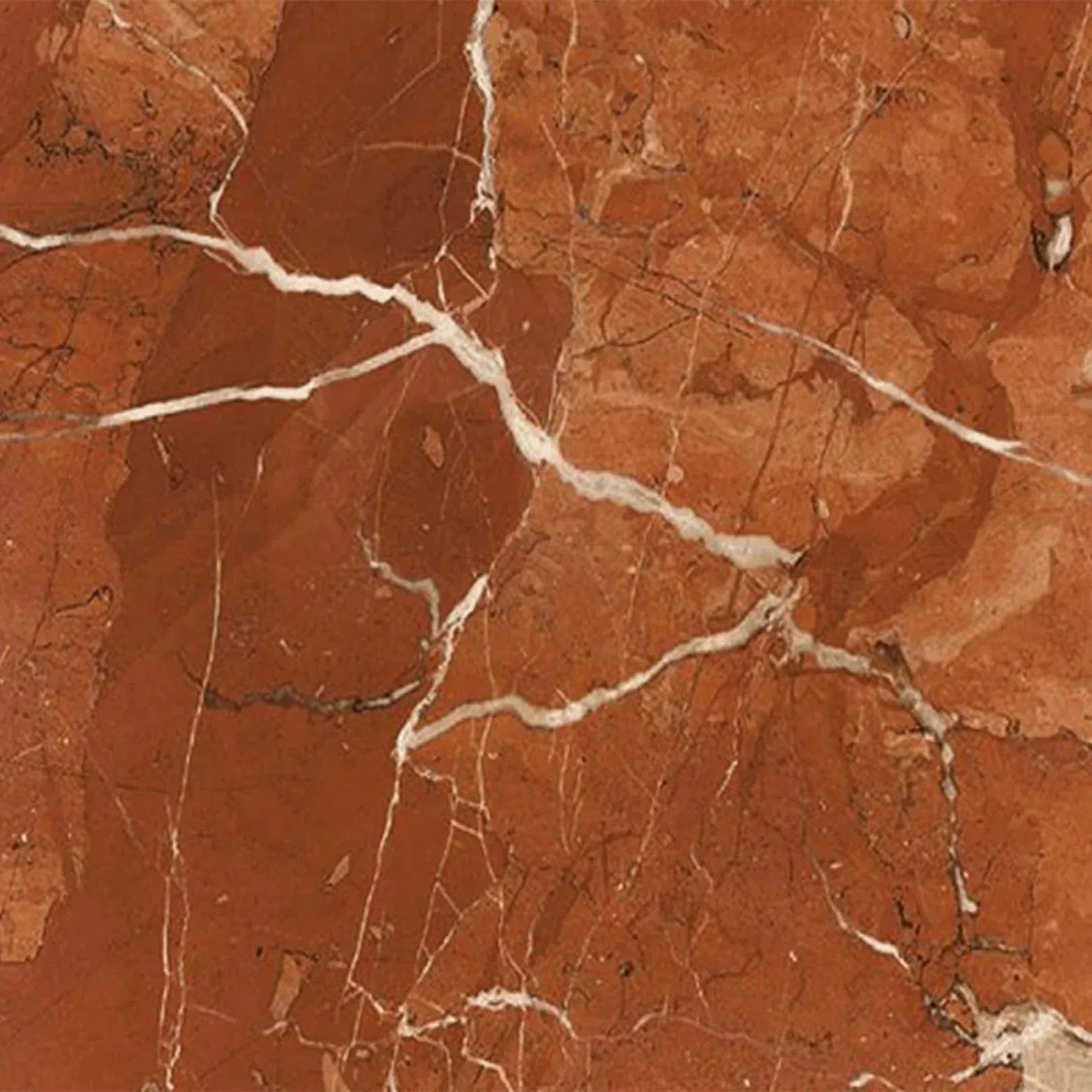 Rojo Alicante Marble
Rojo Alicante Marble Sahara Ember Marble
Sahara Ember Marble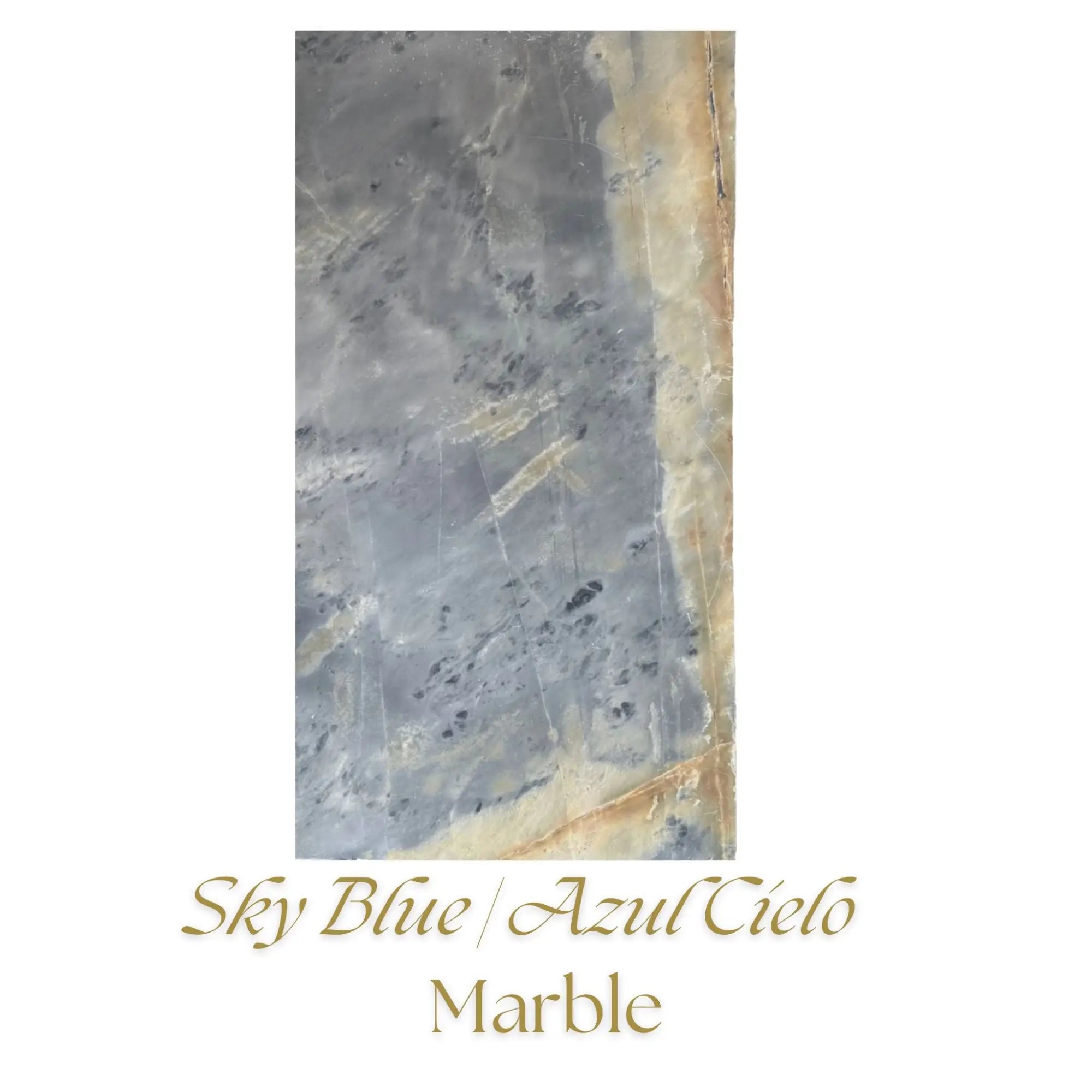 Sky Blue | Azul Cielo Marble
Sky Blue | Azul Cielo Marble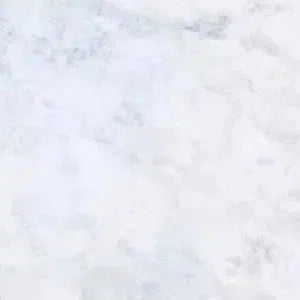 Snow White (Afyon White) Marble
Snow White (Afyon White) Marble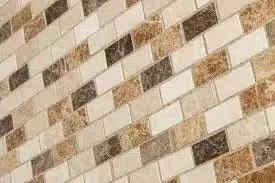 Spanish Mix Marble
Spanish Mix Marble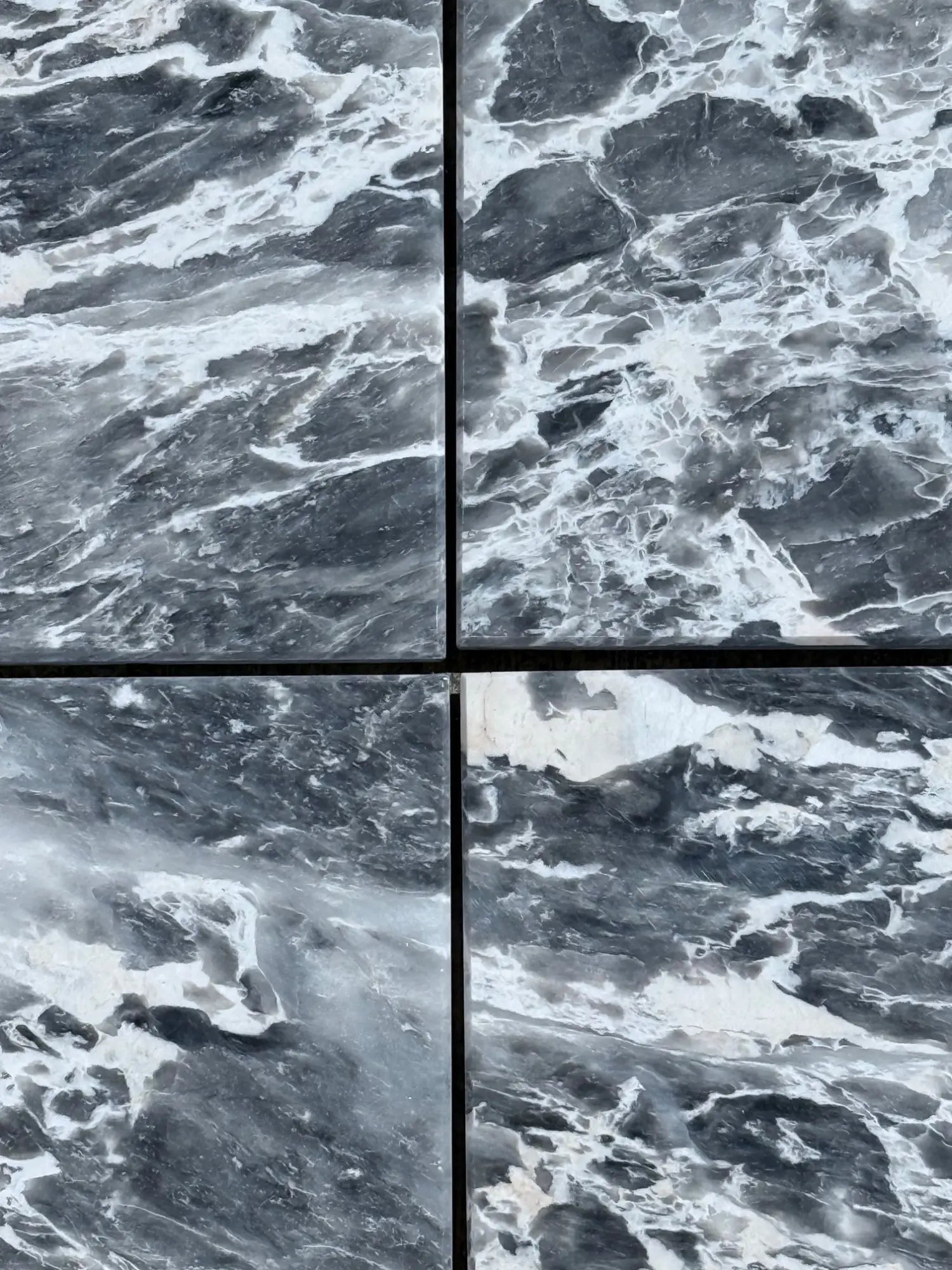 Storm Gray Marble
Storm Gray Marble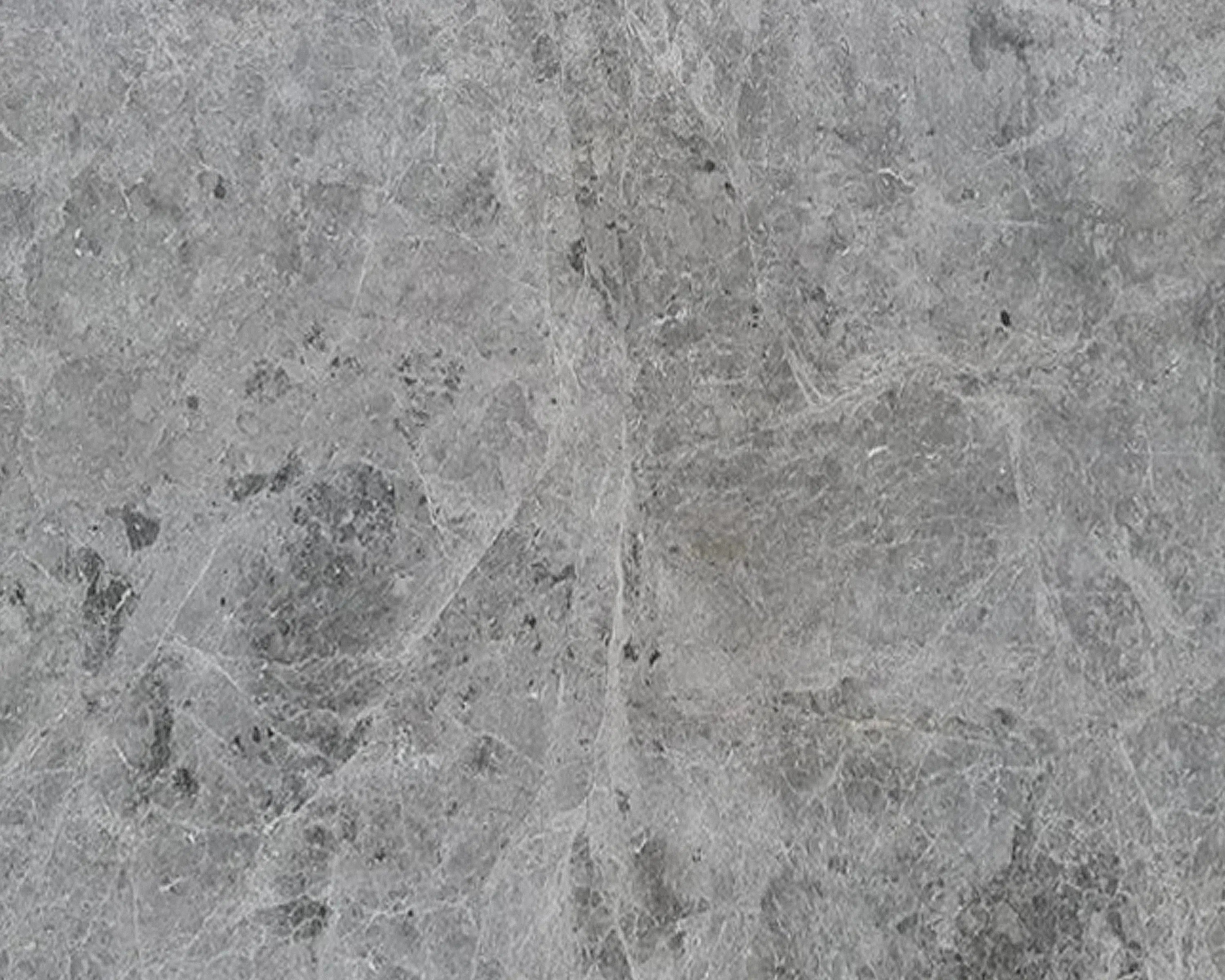 Tundra Gray (Atlantic Gray) Marble
Tundra Gray (Atlantic Gray) Marble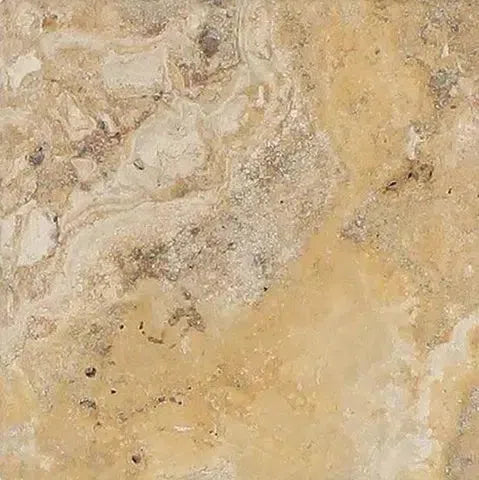 Valencia Travertine
Valencia Travertine Valerenga Travertine
Valerenga Travertine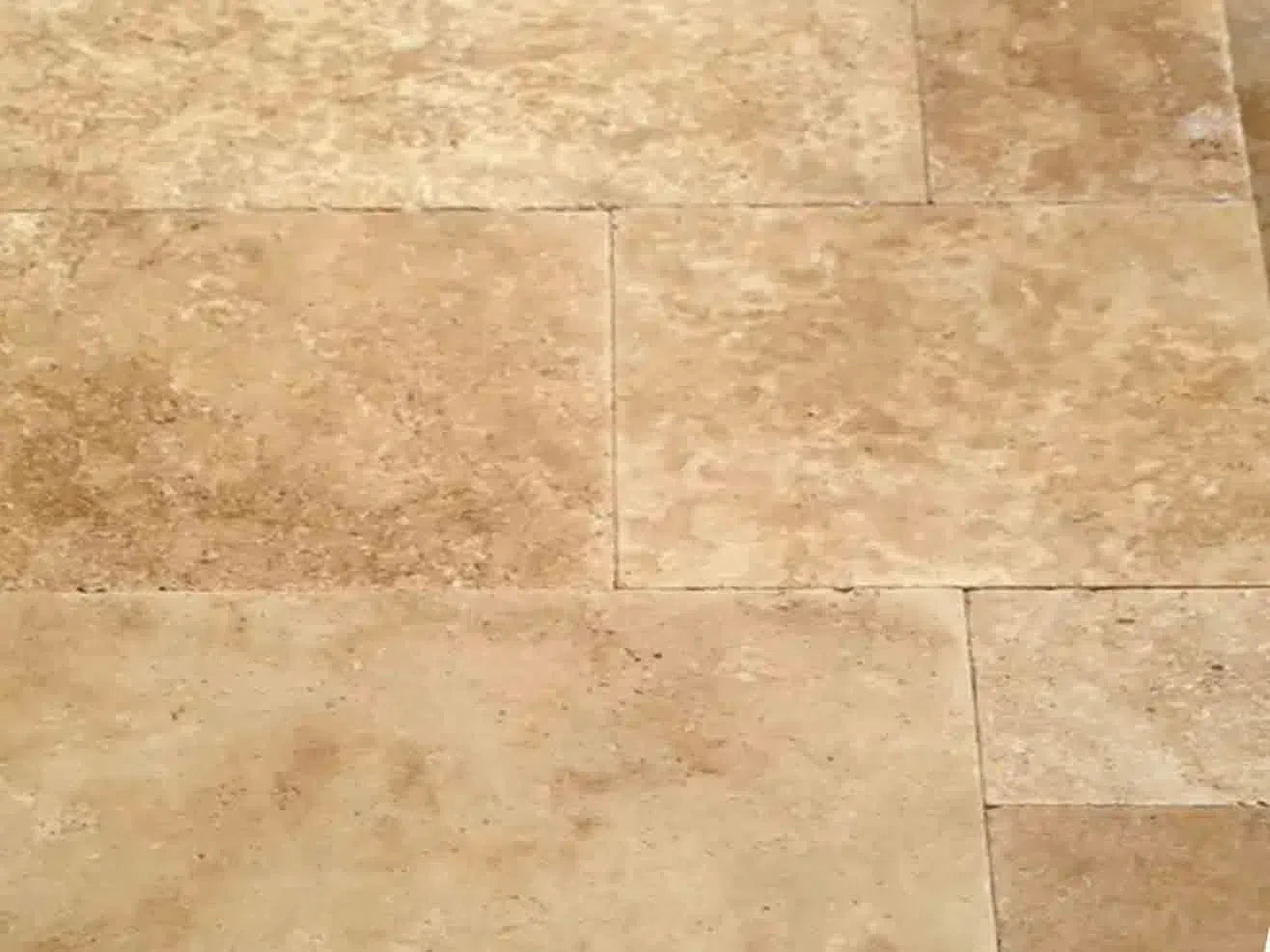 Walnut Travertine
Walnut Travertine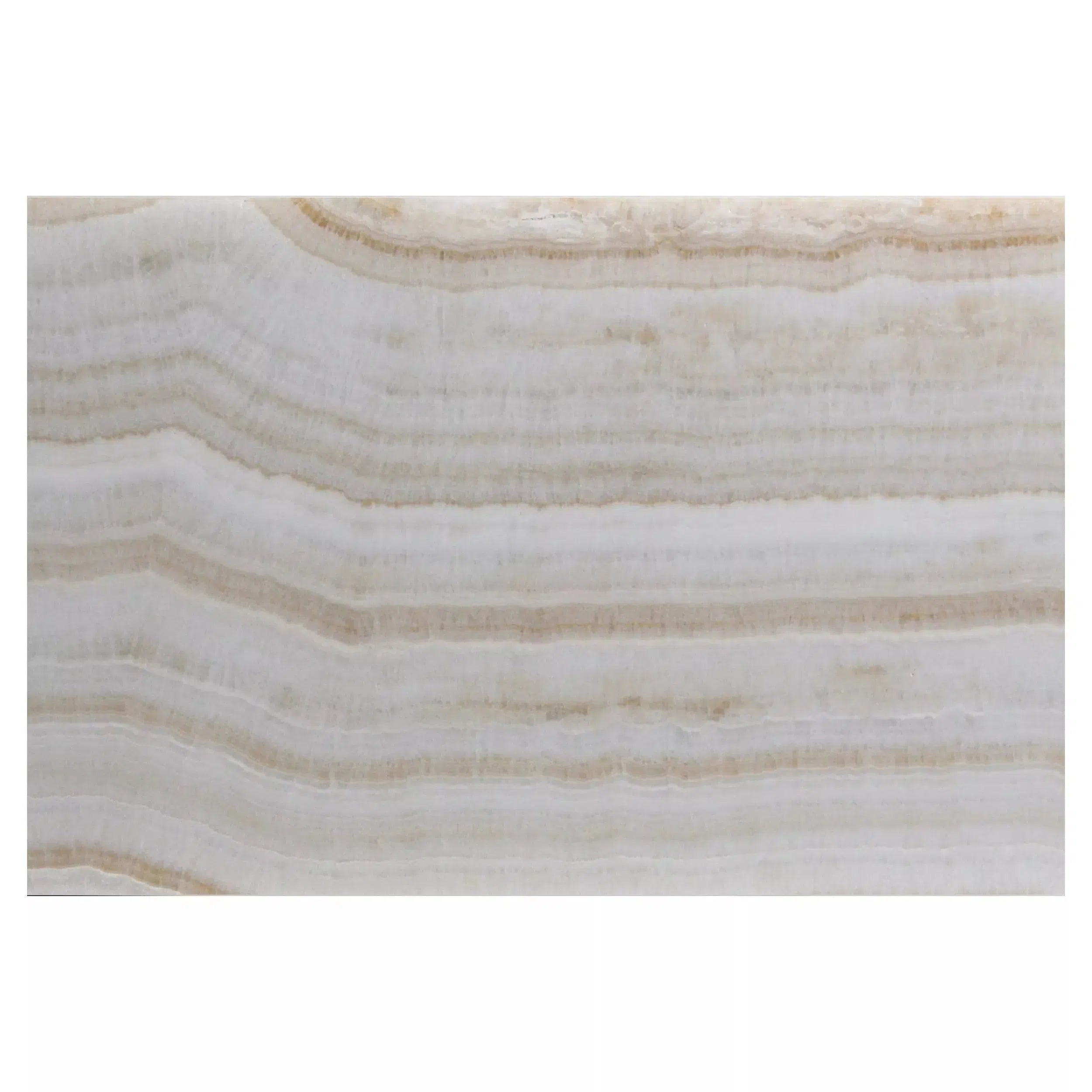 White Onyx Marble
White Onyx Marble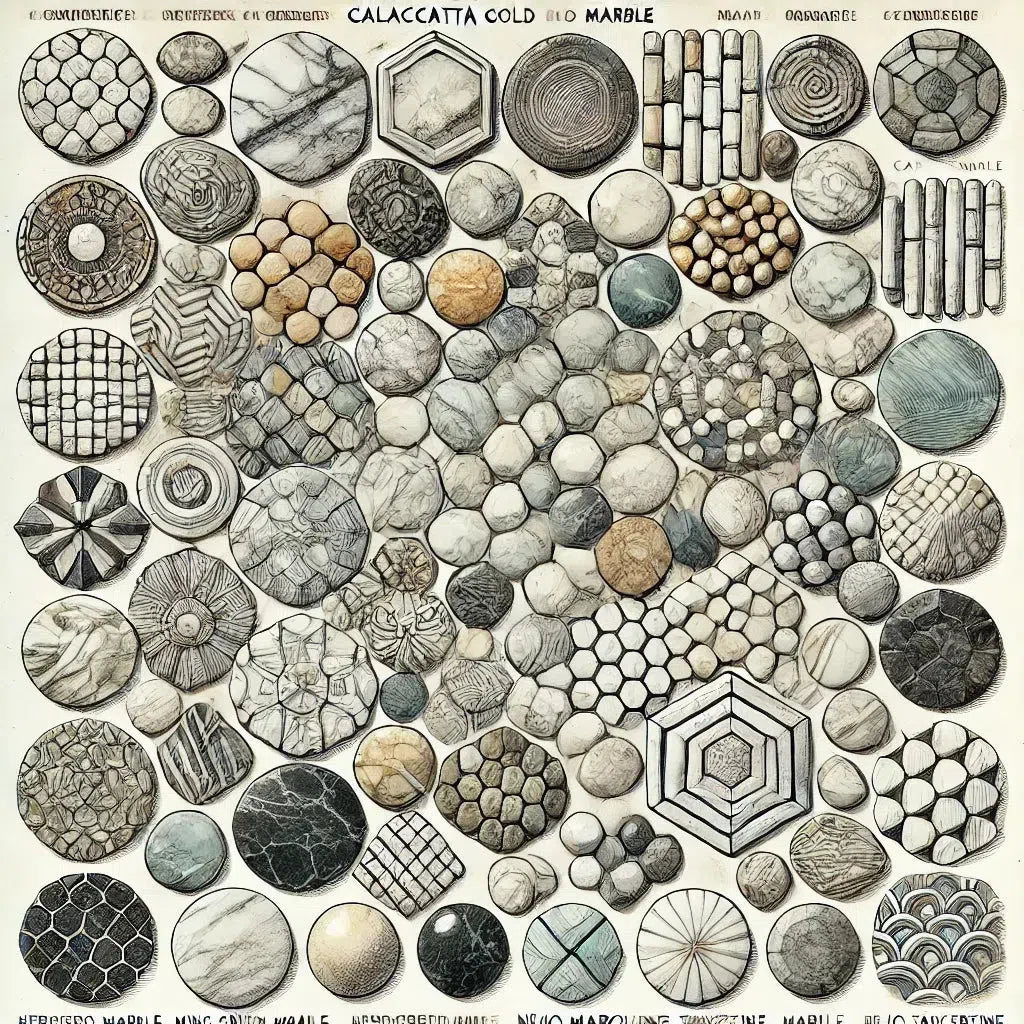 Shop By Type
Shop By Type
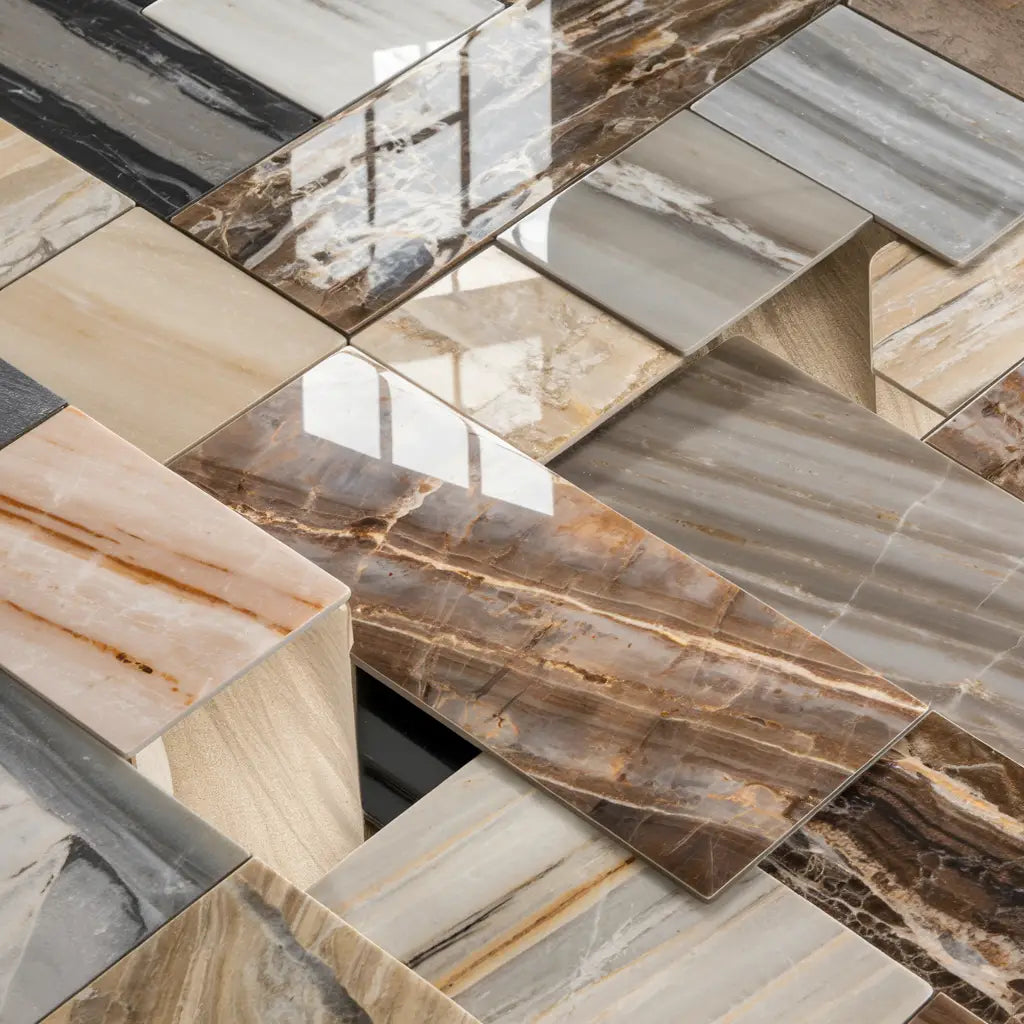 Marble Tiles
Marble Tiles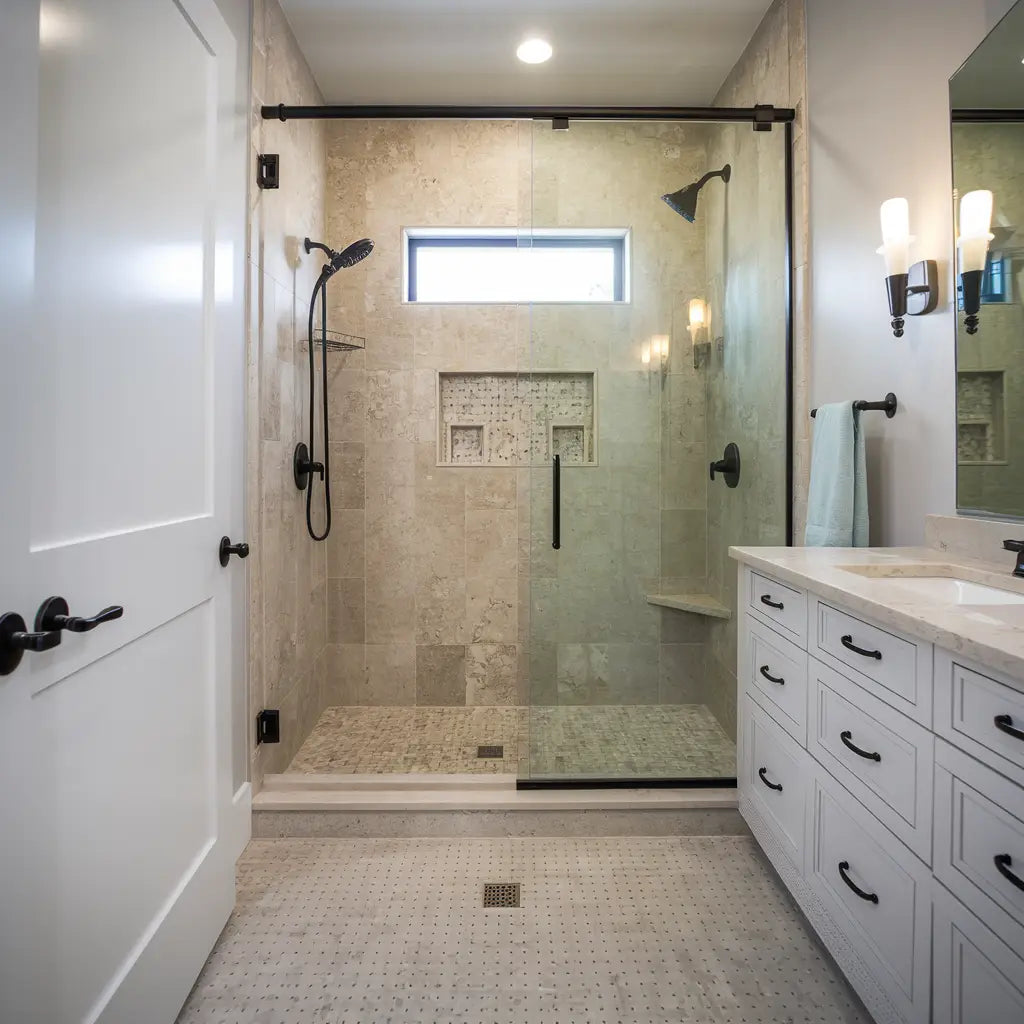 Marble Mosaic
Marble Mosaic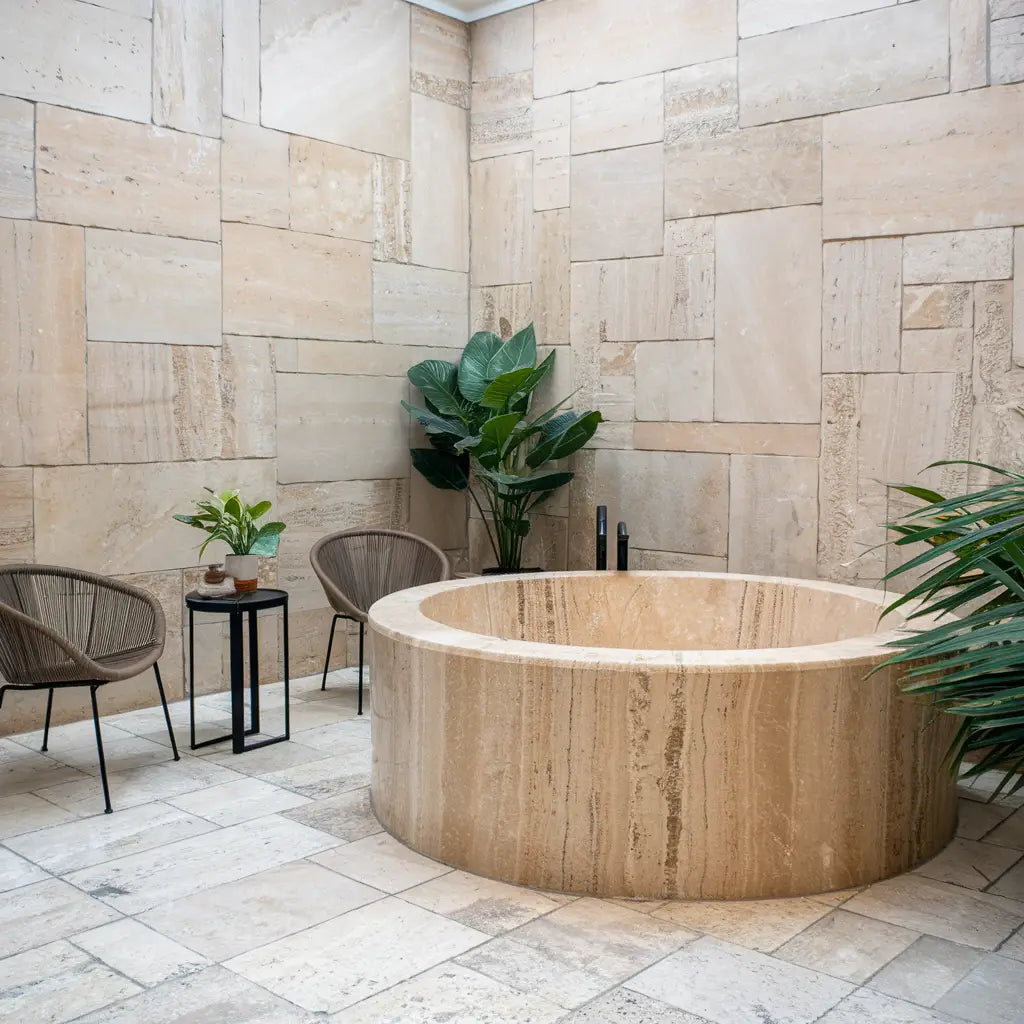 Travertine Tiles
Travertine Tiles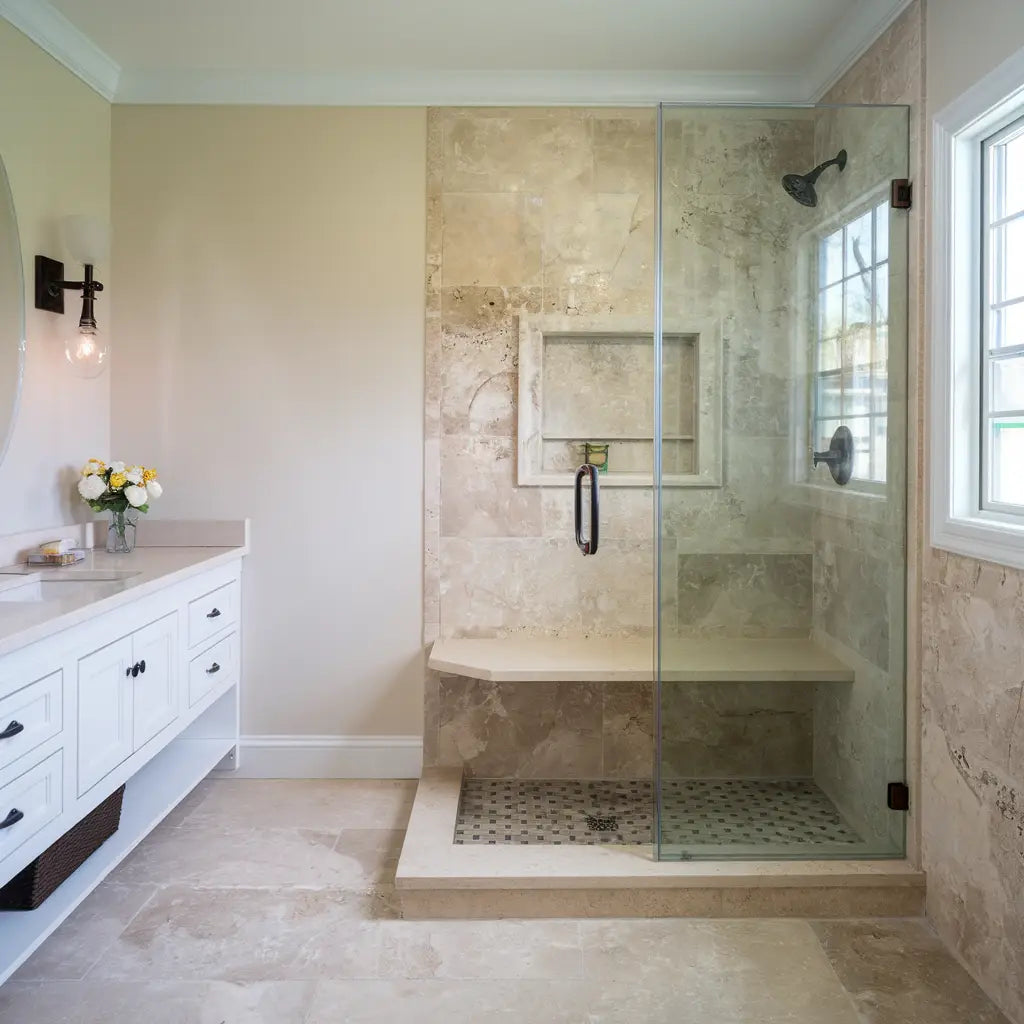 Travertine Mosaic
Travertine Mosaic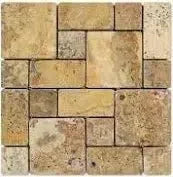 4 pcs Versailles Pattern / French Pattern Set
4 pcs Versailles Pattern / French Pattern Set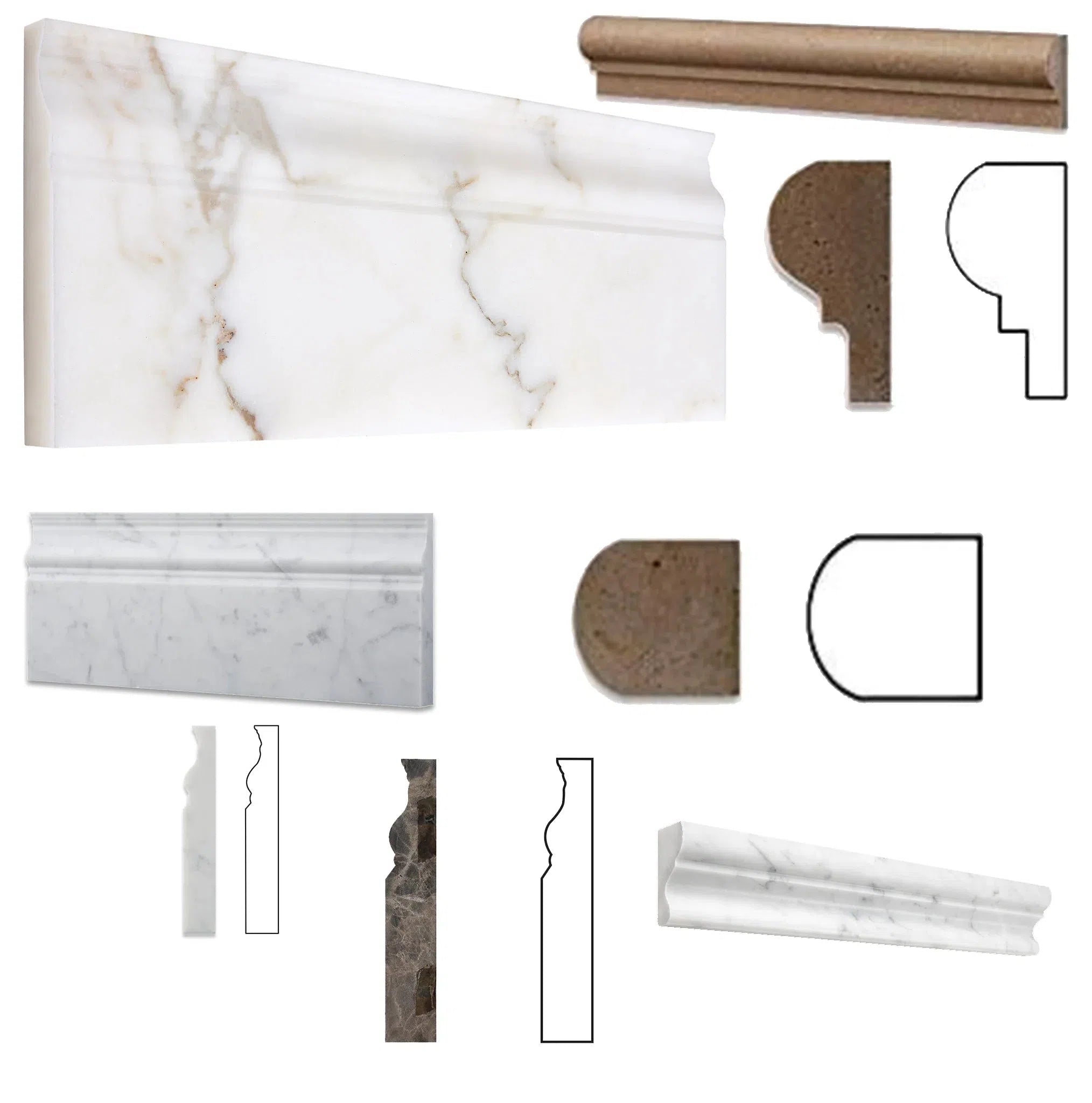 Molding/Trim
Molding/Trim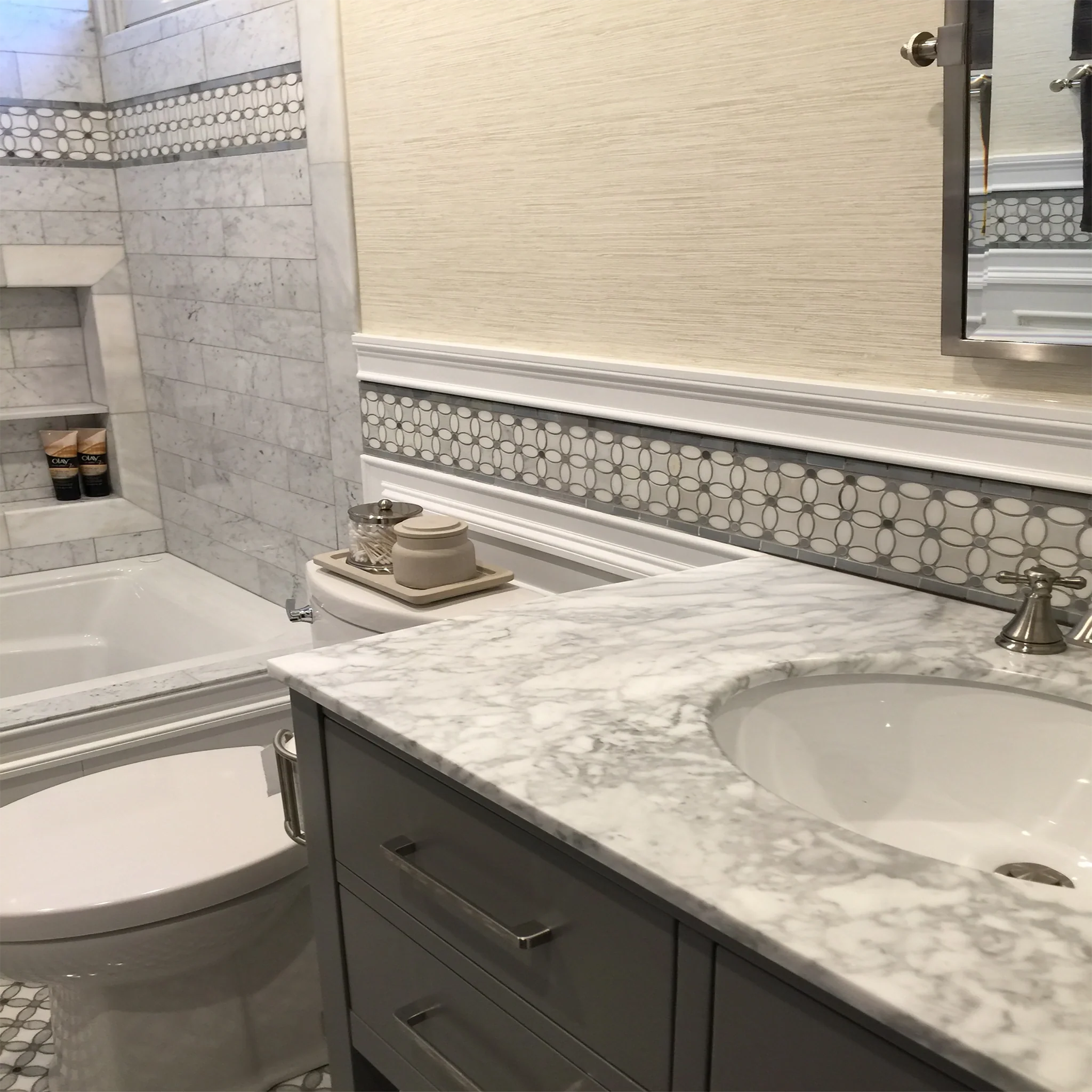 Border/Listello
Border/Listello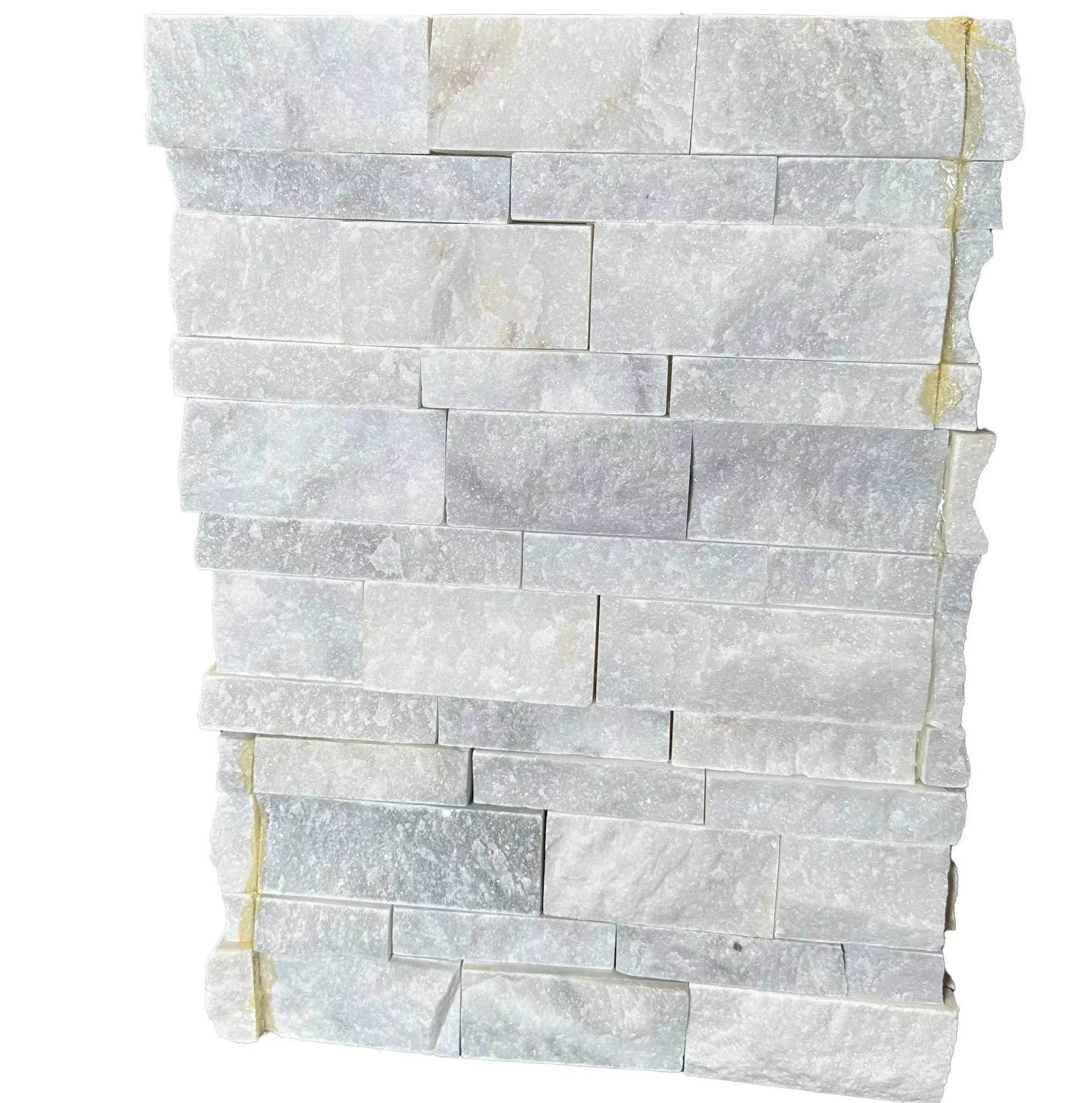 Ledger-Panel
Ledger-Panel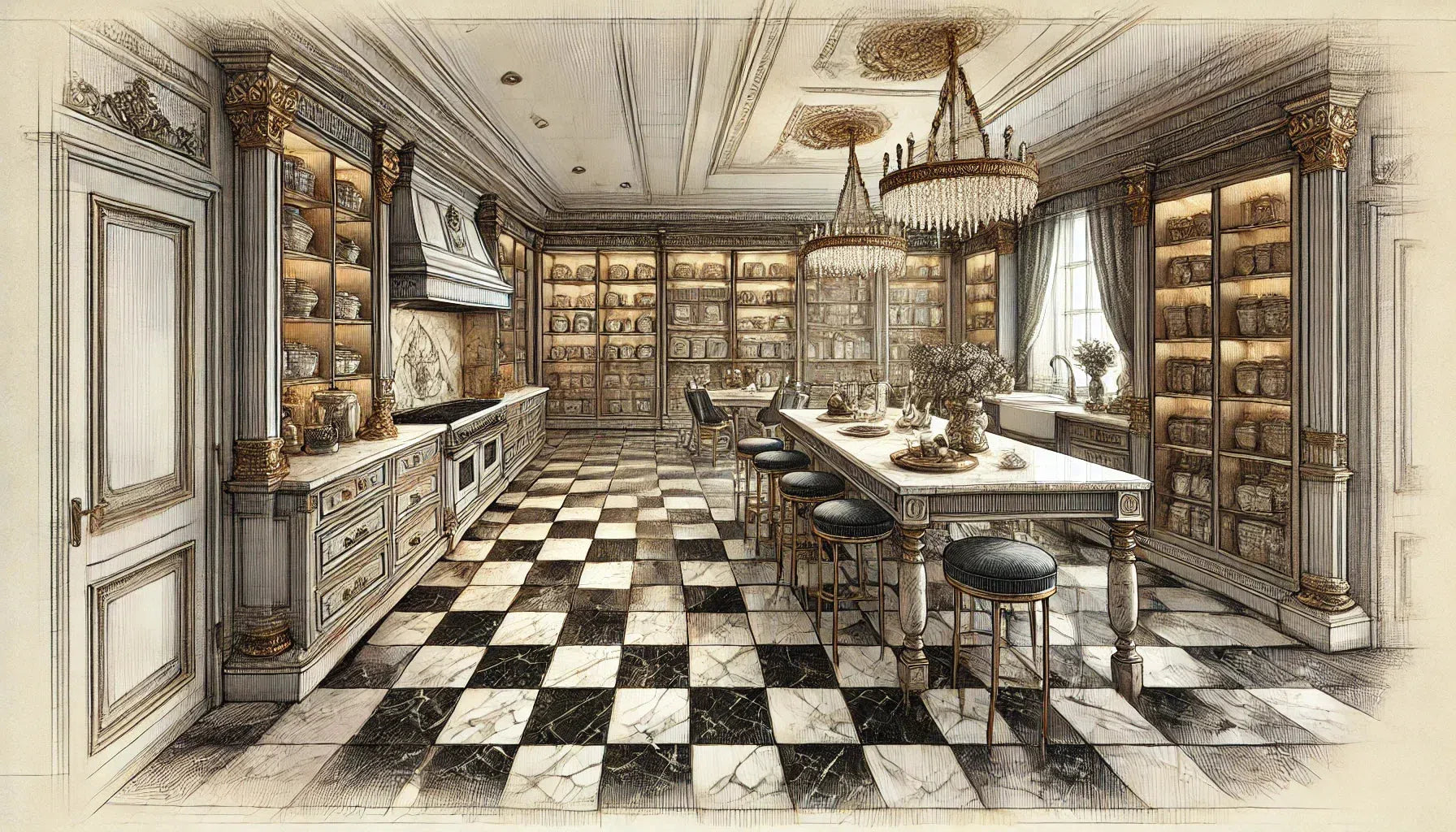 Checkerboard
Checkerboard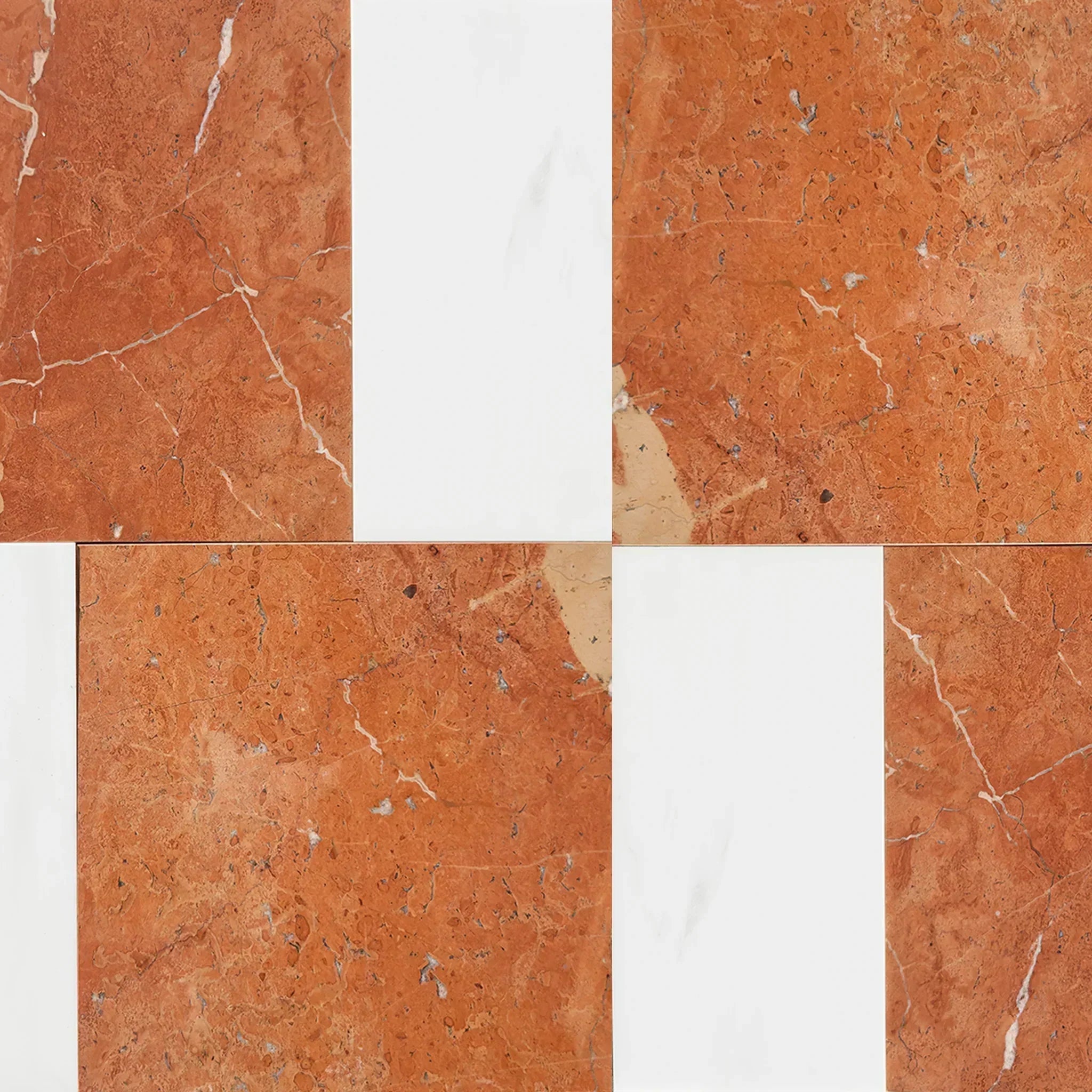 Patterned Tile Collection
Patterned Tile Collection 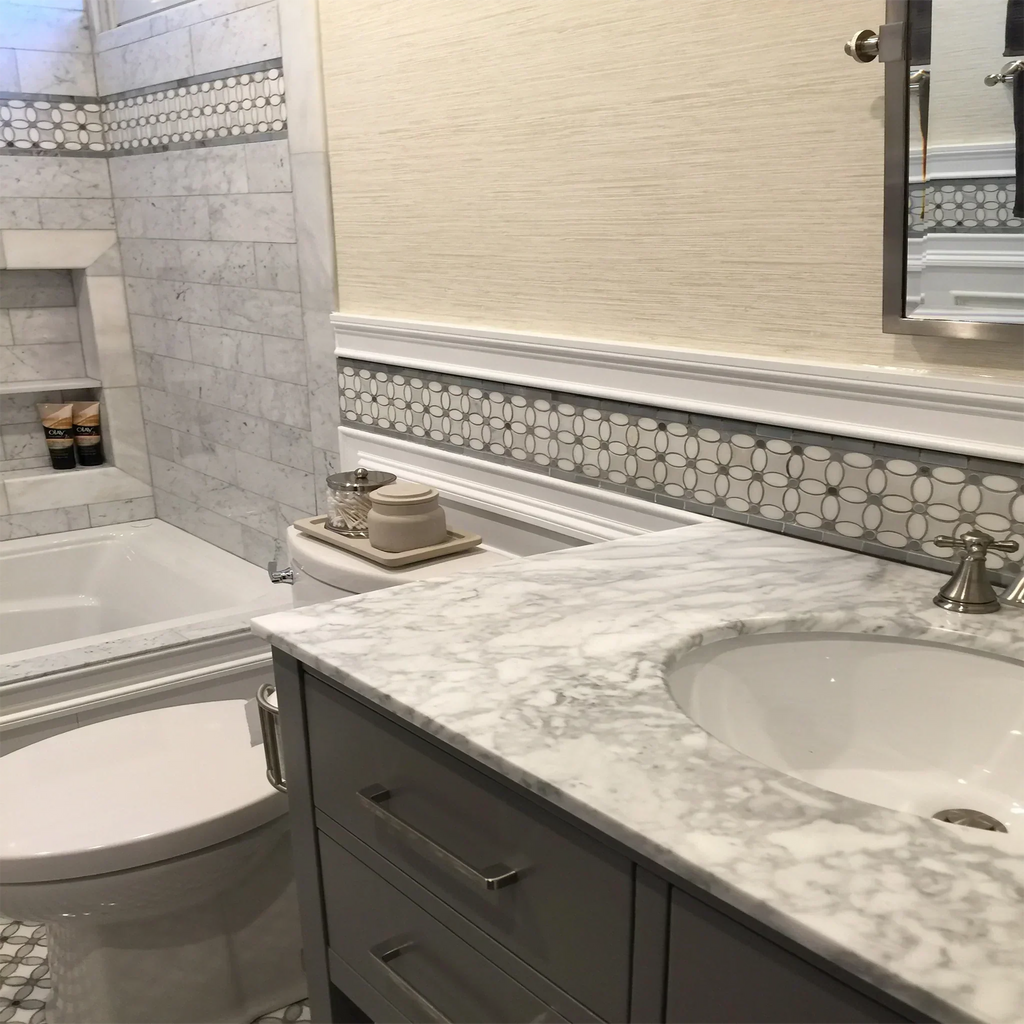 Shop By Finish
Shop By Finish
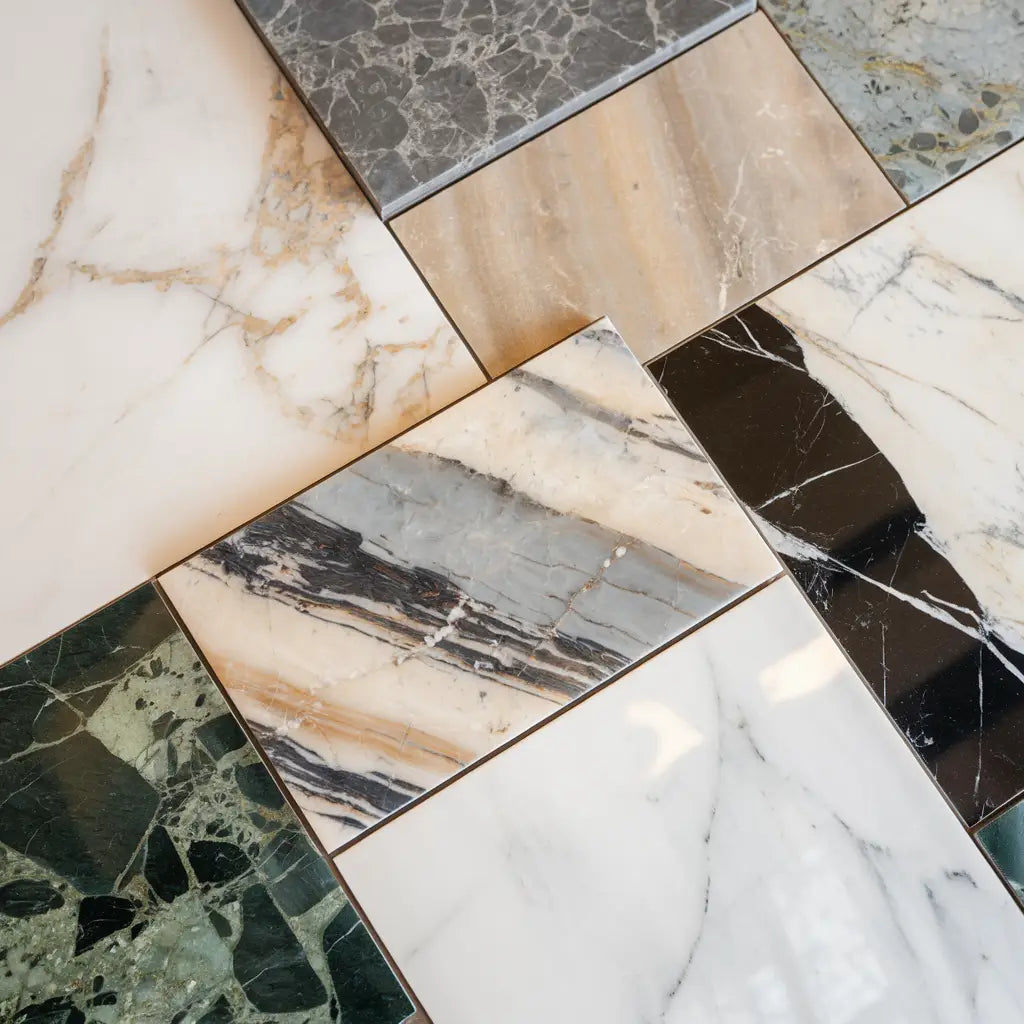 Polished
Polished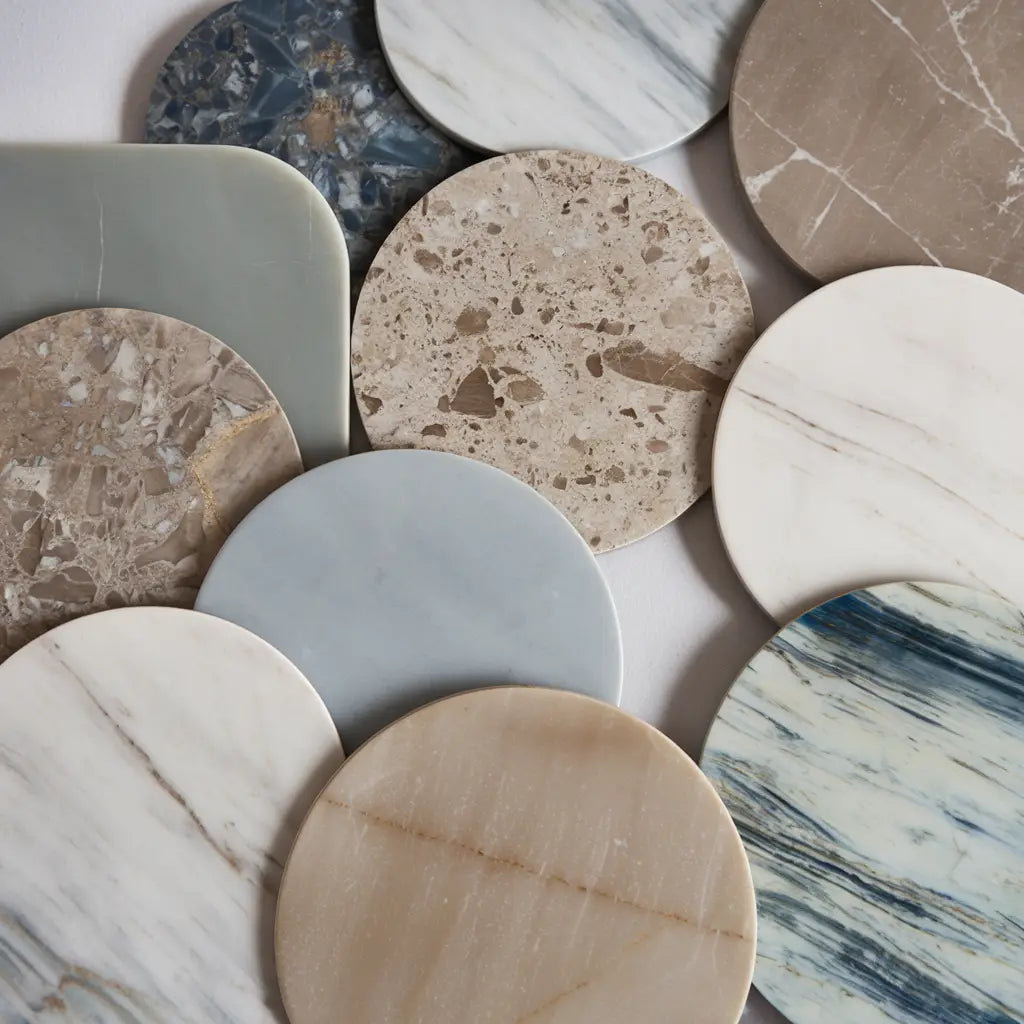 Honed
Honed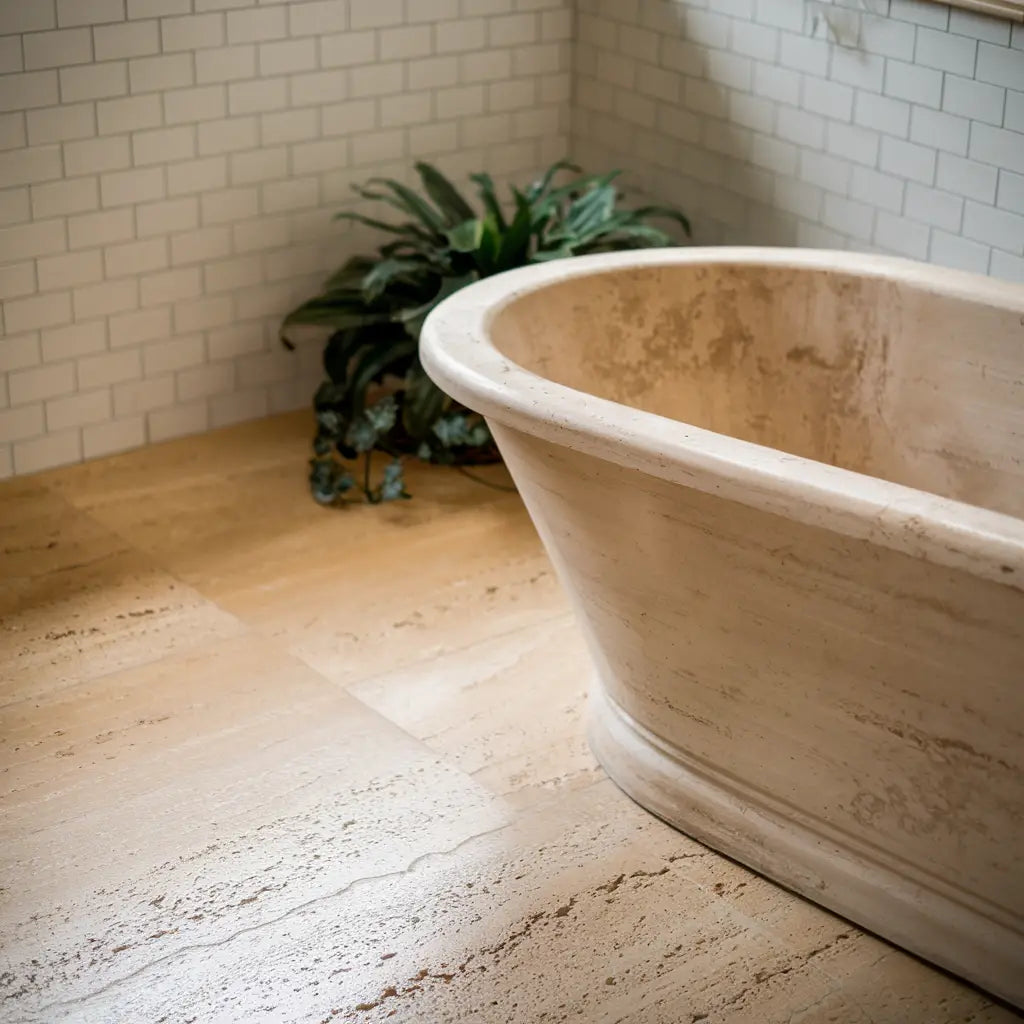 Brushed
Brushed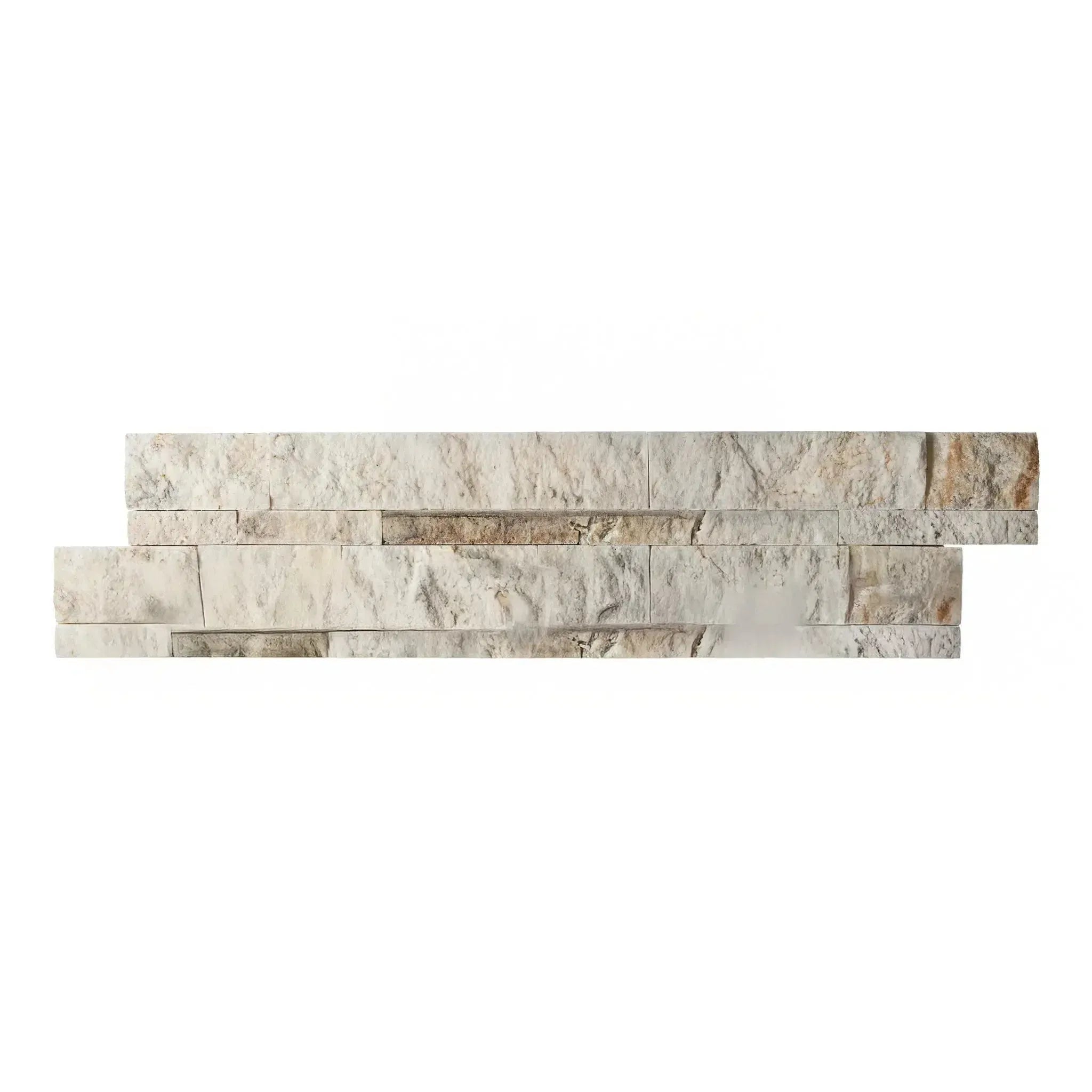 Split Face
Split Face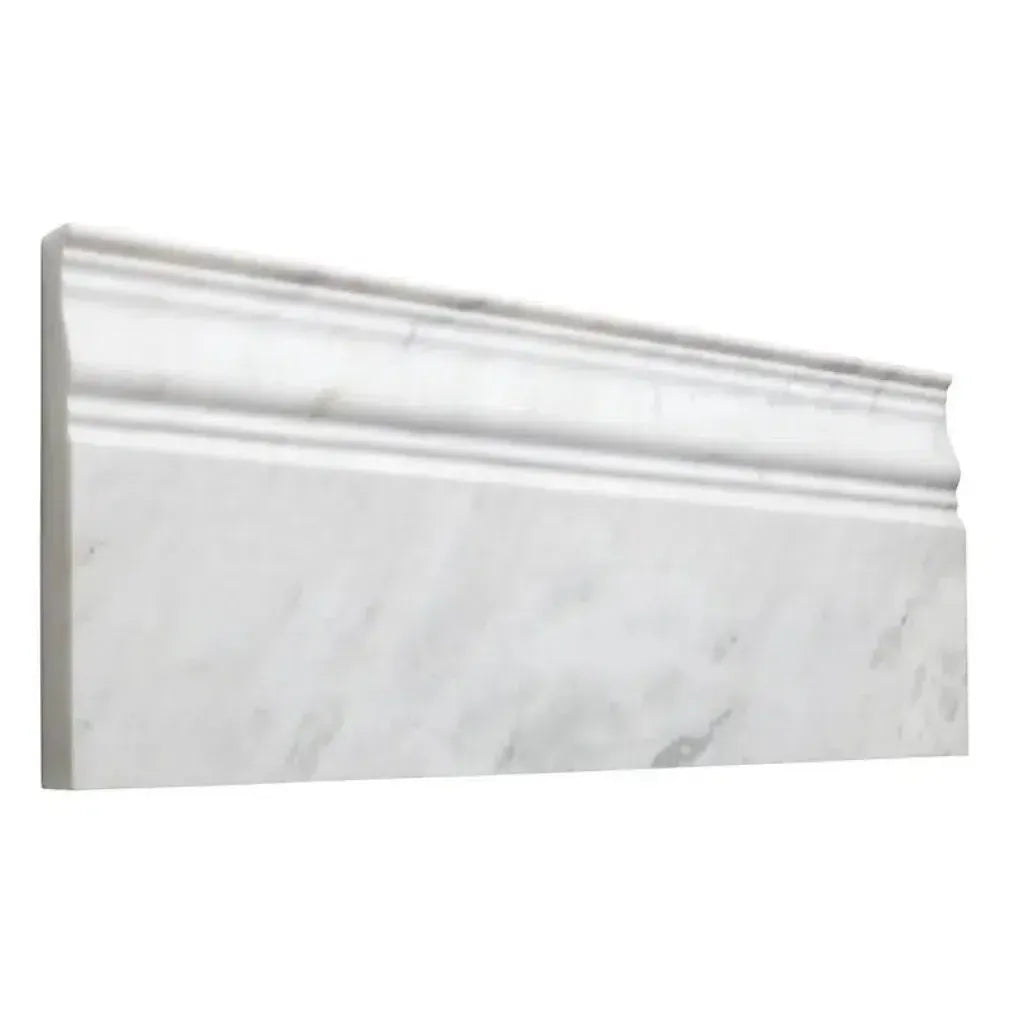 Textured
Textured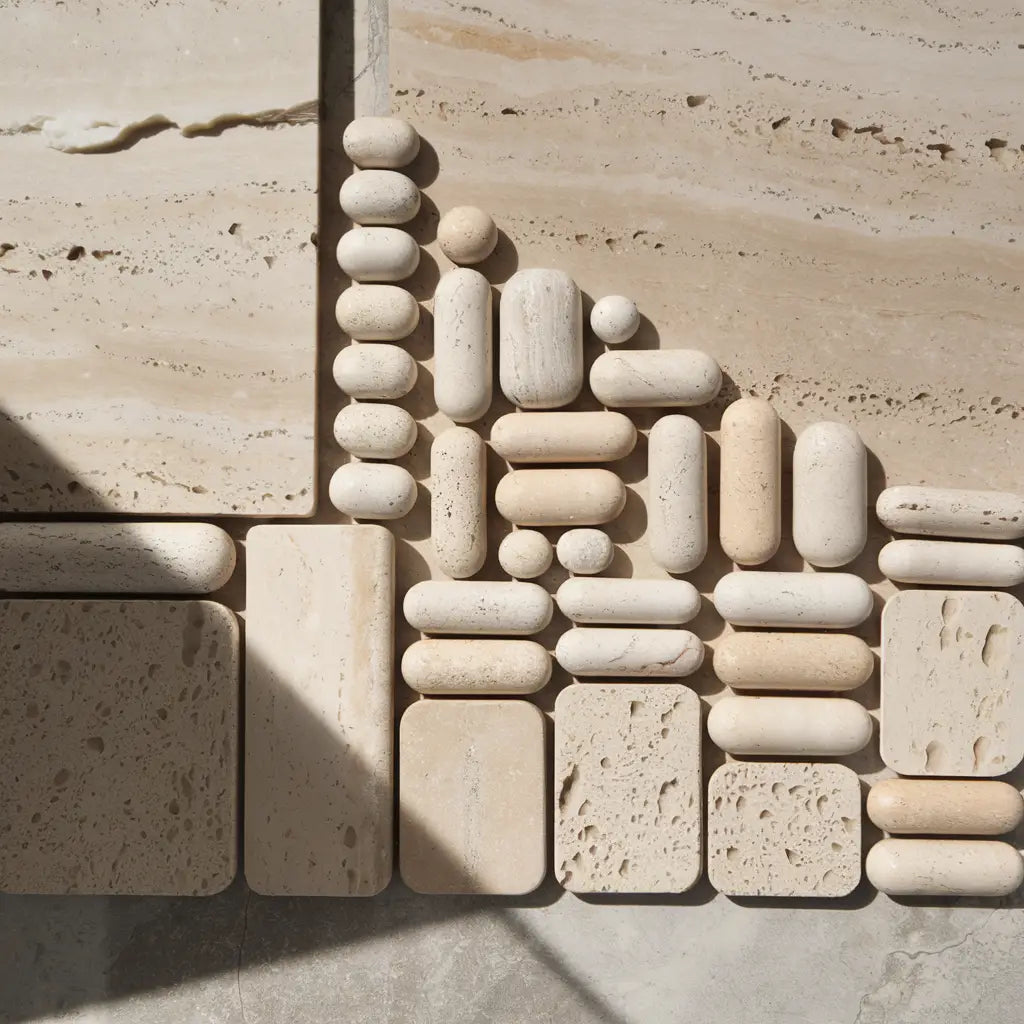 Tumbled
Tumbled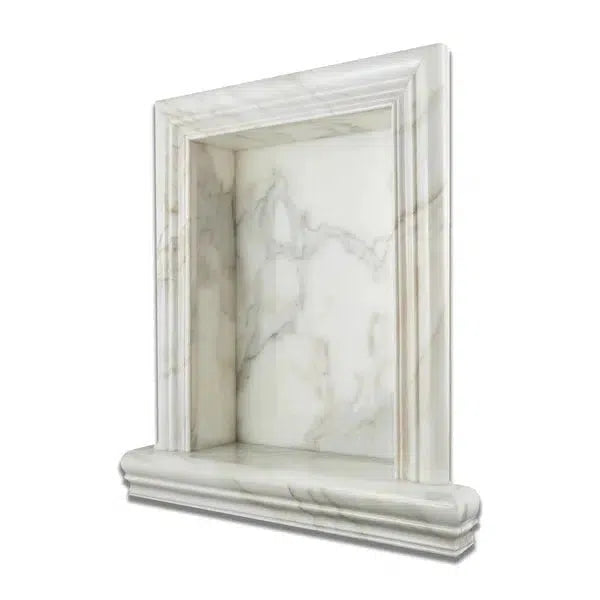 Accessories
Accessories
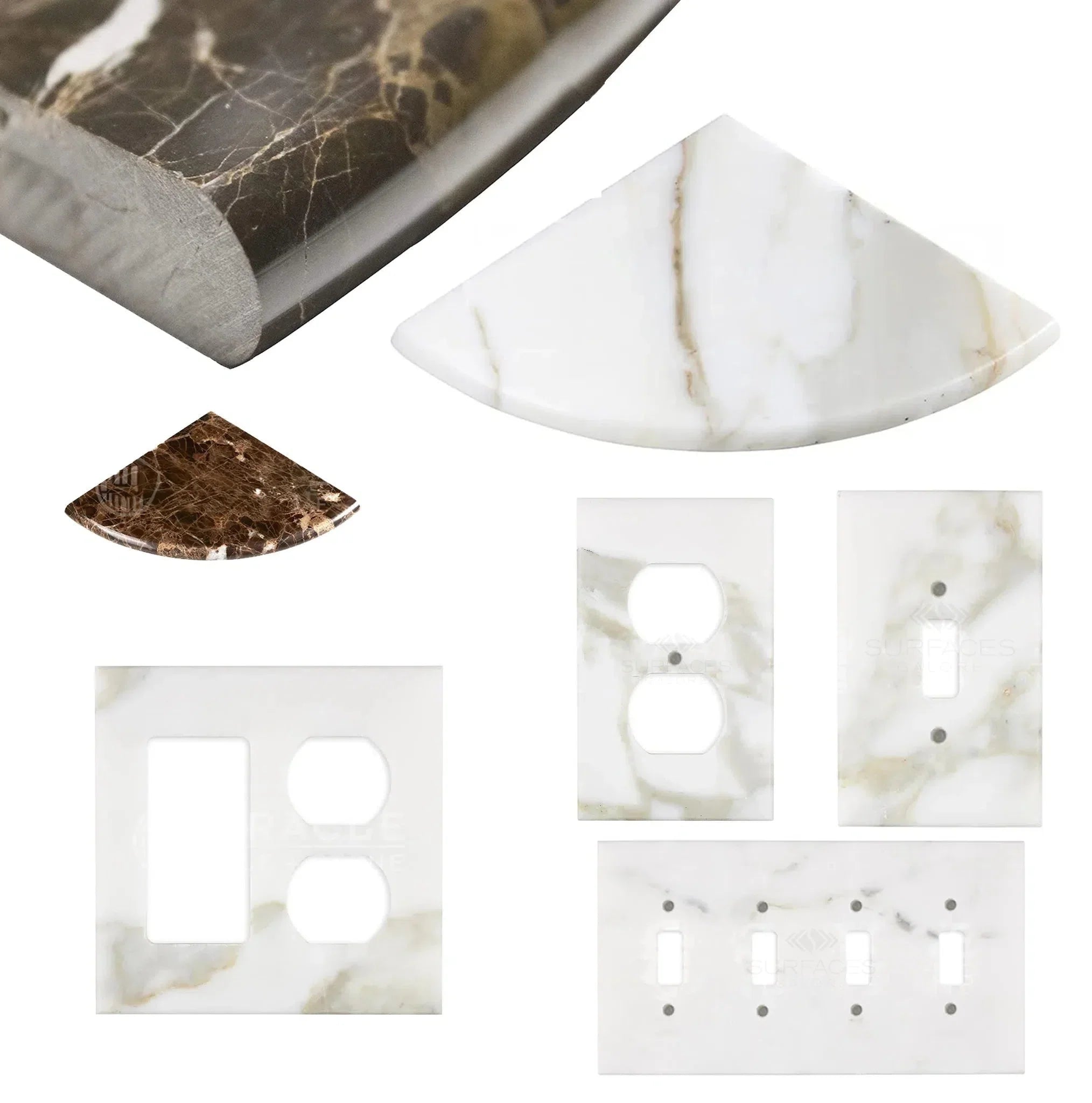 Wall Plate / Switch Plate
Wall Plate / Switch Plate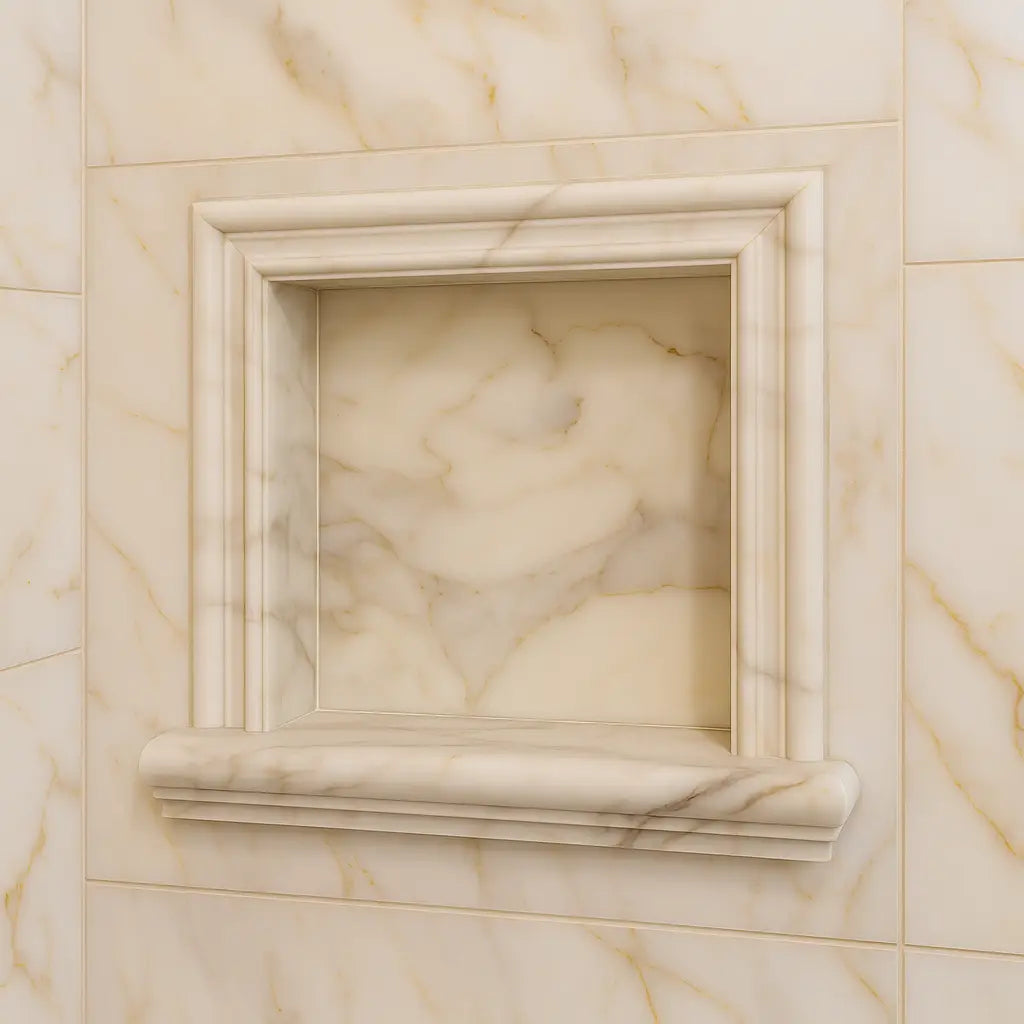 Shampoo Niche
Shampoo Niche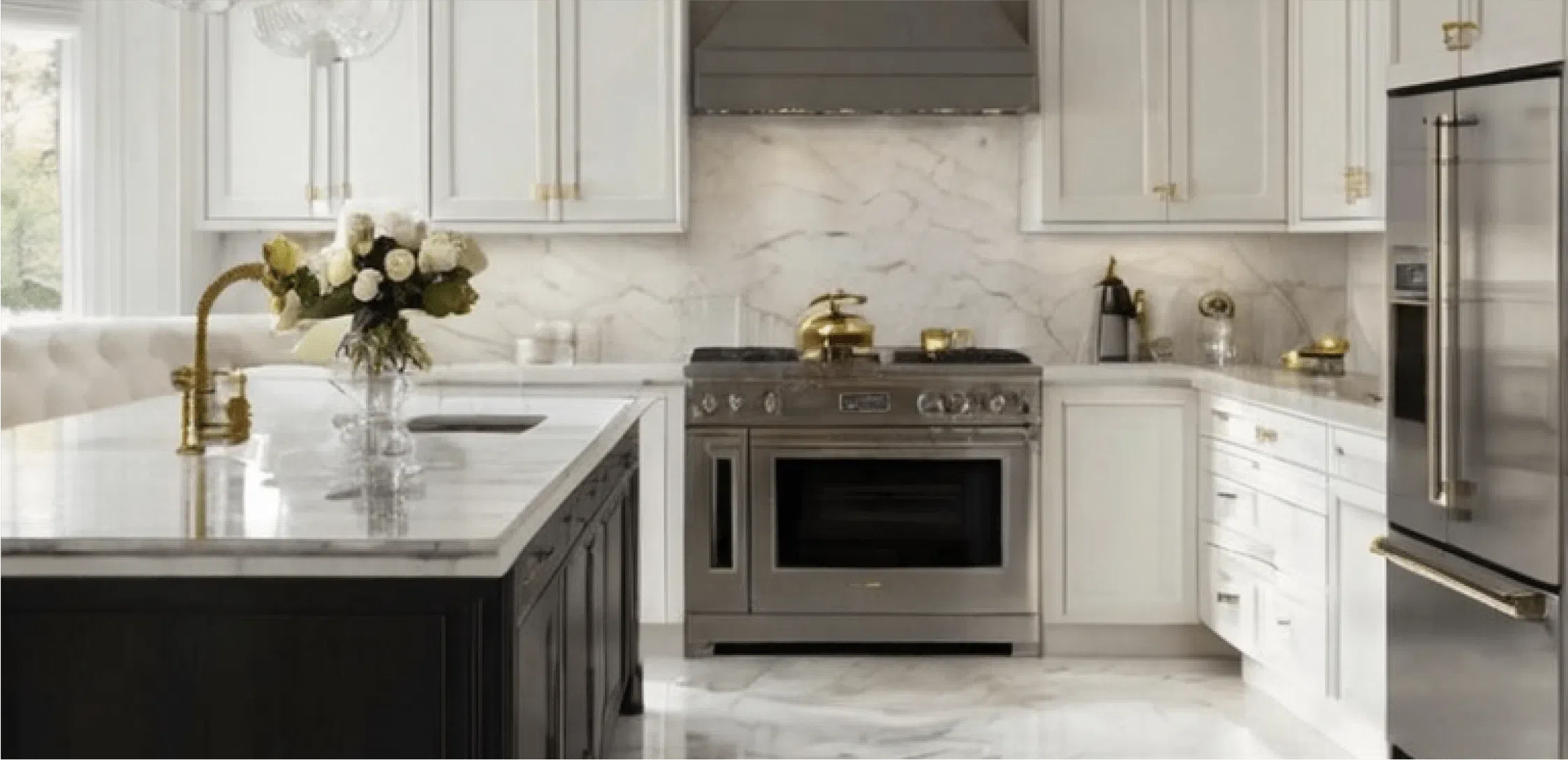 Corner Shelf
Corner Shelf Clearance
Clearance





Leave a comment